One Hit Wonders Of The 1960s We Still Don’t Turn The Dial On
Ah, the 1960s. A time of tremendous social, political, and musical change! This decade was a turning point for art and music - new sounds were born, and iconic bands were formed that we still remember today. The '60s produced so many hits that have become classics in their own right, while other acts may have only had one moment of glory before fading into obscurity. So why not take a trip back in time to revisit some of the greatest songs from this era? Keep reading to find out which tracks are timeless gems that will never go out of style!
"Dirty Water" - The Standells
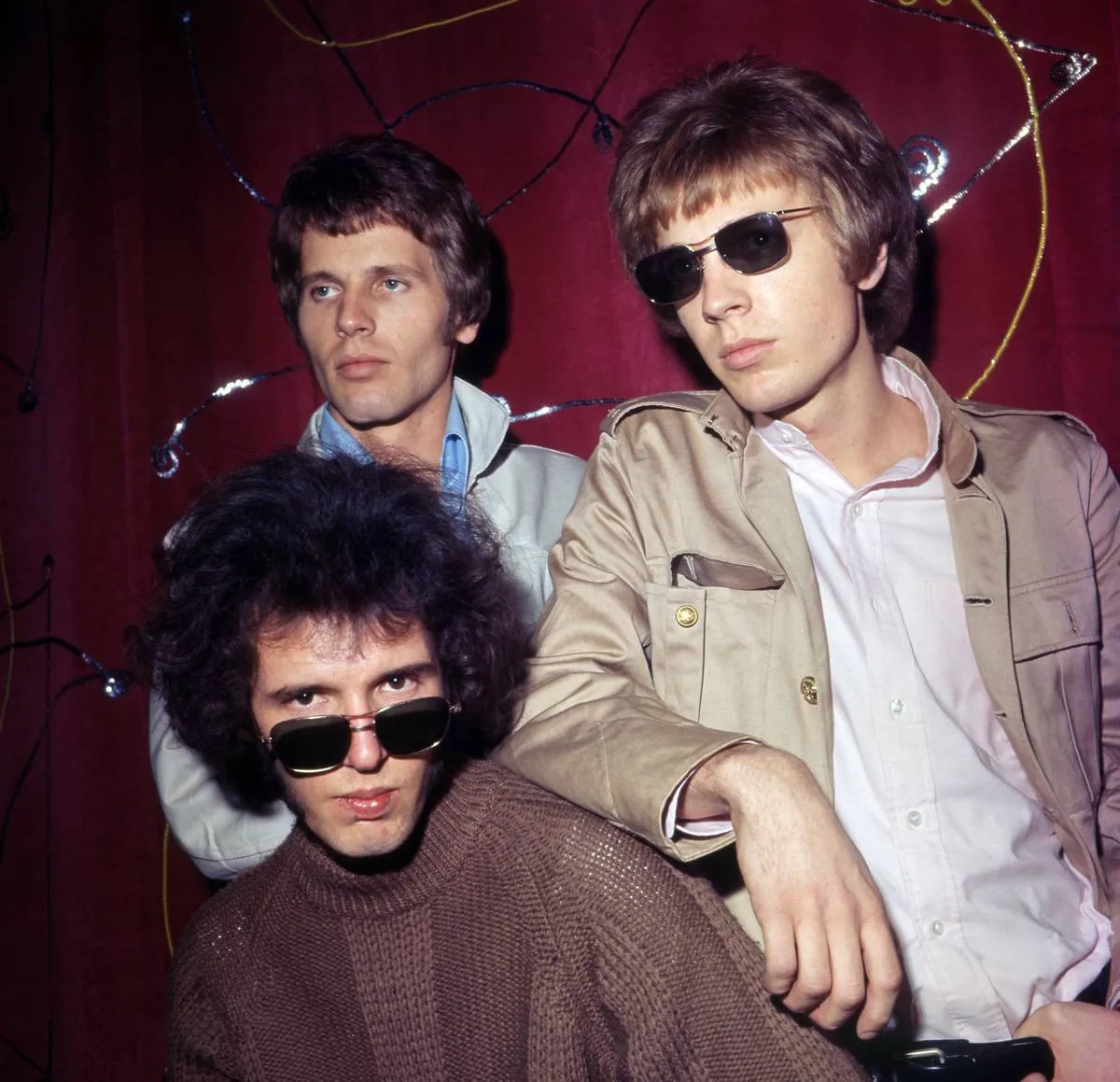
In 1966, The Standells' "Dirty Waters" almost made it to the Top 10. It became a huge hit in Boston due to its many references to the city and events there; even being used as an anthem for some local sports teams.
Despite this success, their other three songs released during the 60s - "Sometimes Good Guys Don't Wear White," "Can't Help But Love You," and "Why Pick On Me" - failed to crack into the Top 40.
Follow our brand to see more like this
"Eve Of Destruction" - Barry McGuire
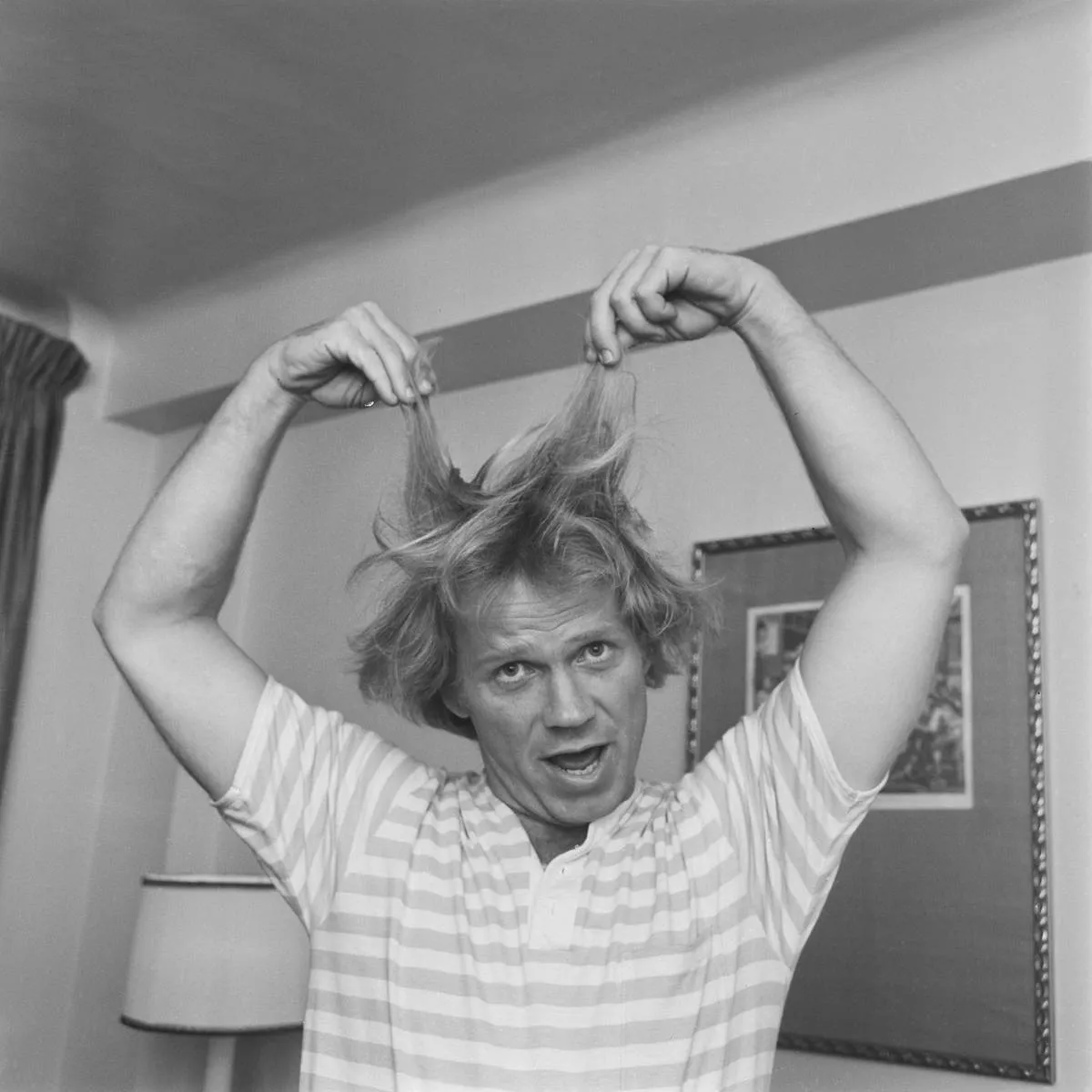
P.F. Sloan wrote "Eve of Destruction" in 1964, but Barry McGuire's recording became the most famous version. Recorded between July 12th and 15th 1965 with backing from musicians such as P.F. Sloan, Hal Blaine, and Larry Knechtel under Dunhill Records, a rough mix was leaked and played by disc jockeys before the final version was released - yet it still became an instant hit!
It went on to top the Billboard Hot 100 chart at No.1 and No. 3 on the UK Singles chart.
"Time Has Come Today" - The Chambers Brothers
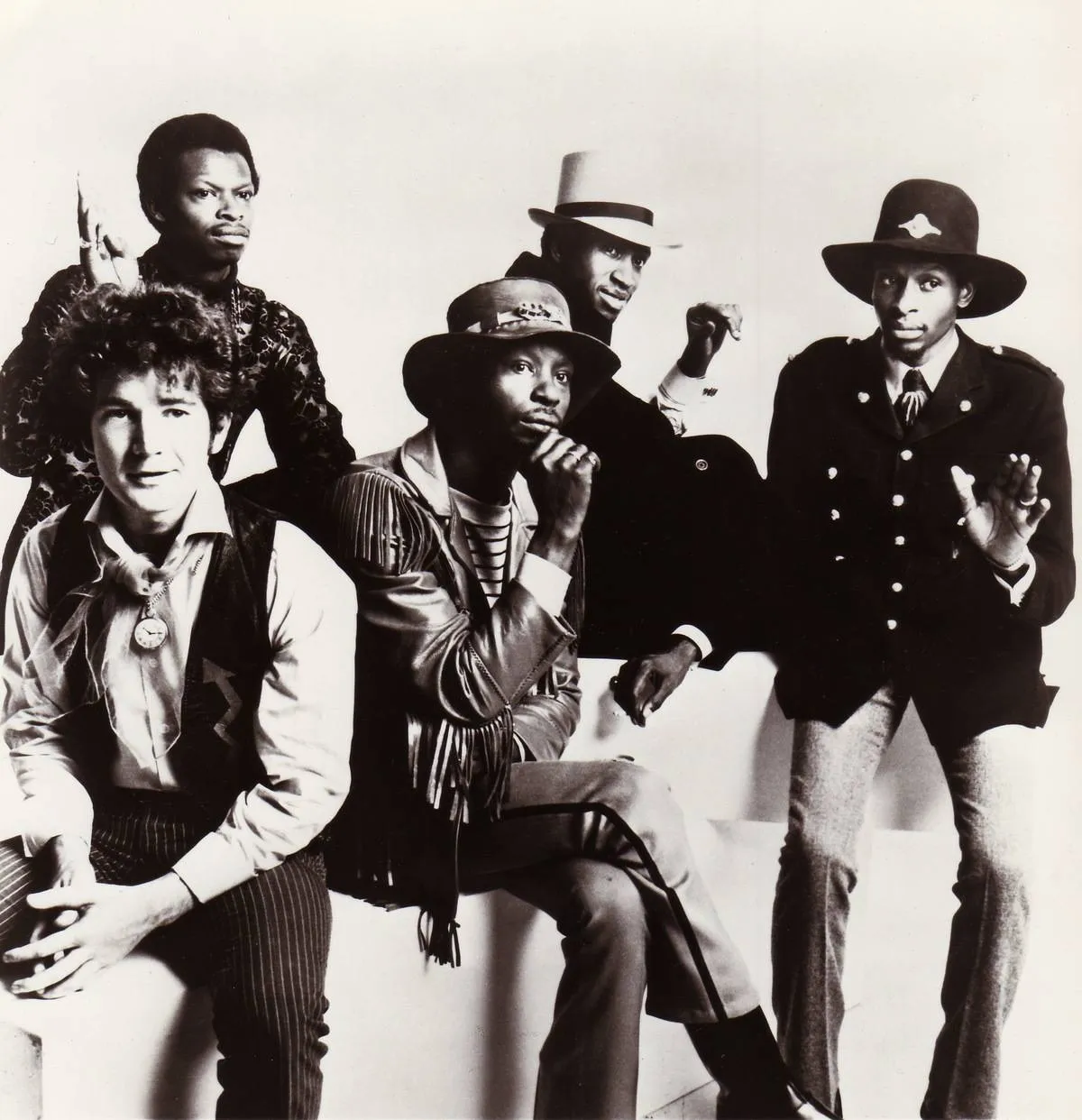
The Chambers Brothers released the single "Time Has Come Today" in December 1967, from their album Time Has Come. The song didn't make it to the Top 10 chart but stayed at No. 11 for five weeks. It's now seen as a classic of its psychedelic genre.
Another track by them, "I Can't Turn You Loose," reached #37 in the charts. Written by Willie and Joe Chambers, both songs remain popular today.
"Louie Louie" - The Kingsmen
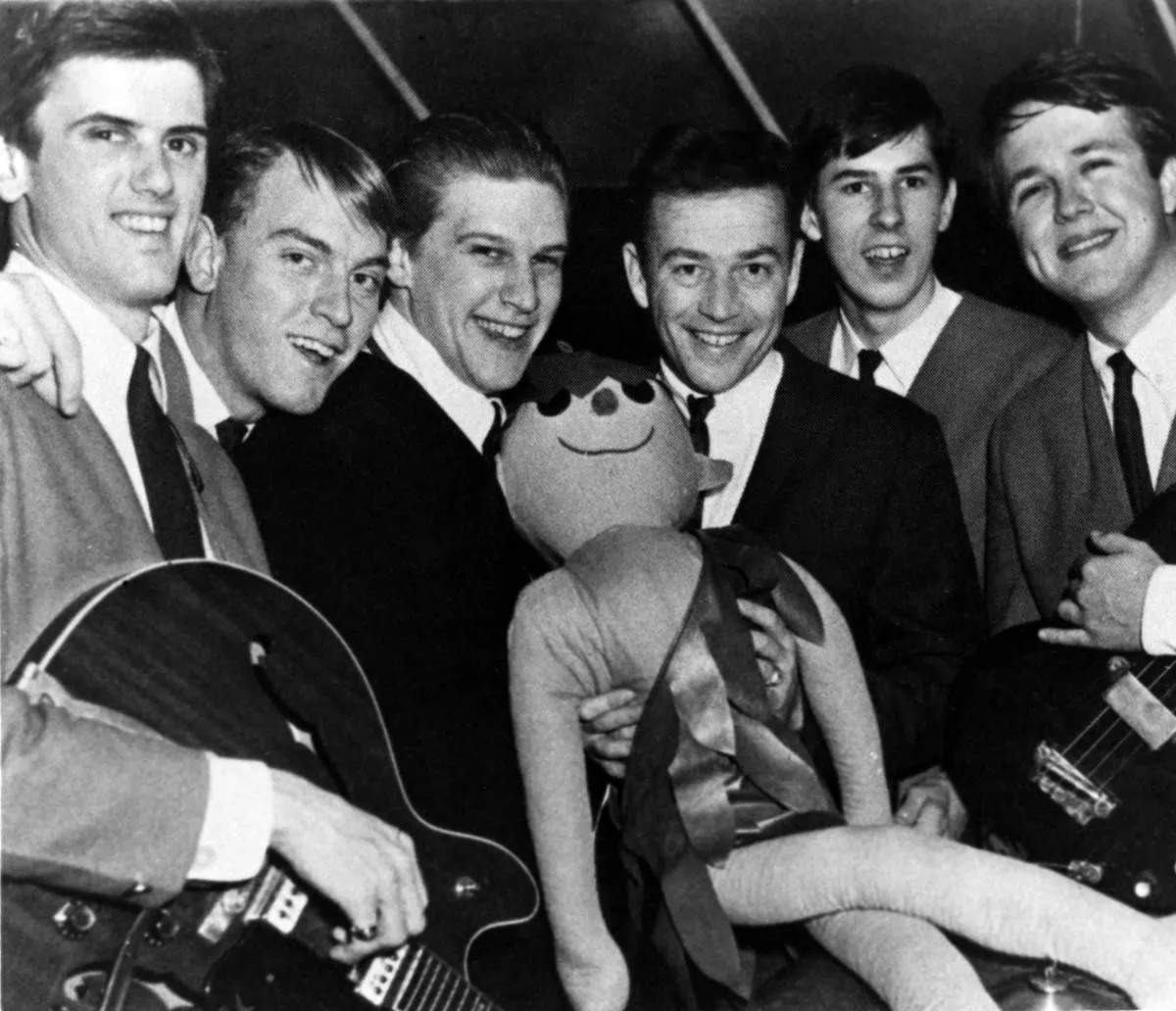
"Louie Louie" was written by Richard Berry in 1955 as a rhythm and blues song. It gained popularity when The Kingsmen released their version of it in 1963, becoming one of the most iconic rock and roll/pop tracks of the decade.
Its roots lie in "El Loco Cha Cha," a Latin music track demonstrating how Latin styles have influenced American music. Numerous media outlets such as Rolling Stone, VH1, and more have recognized its influence on rock and roll and music overall.
"Stranger on the Shore" - Acker Bilk
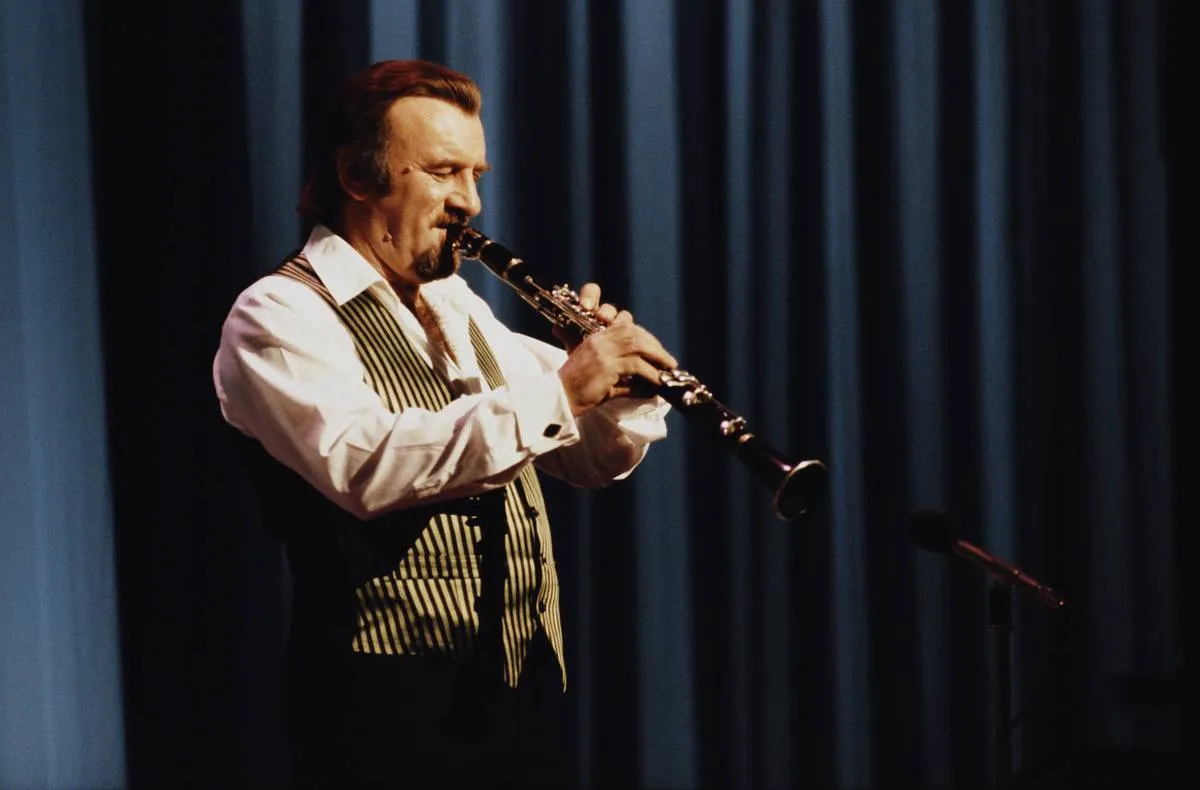
Acker Bilk wrote "Stranger on the Shore" for his daughter, Jenny. BBC liked it so much that they made it their theme tune for a TV drama.
It first became popular in the UK before hitting number one in America in 1961. Despite other successful albums, none compared to this song's success. Bilk even called it his "old-age pension."
"Venus" - The Shocking Blue
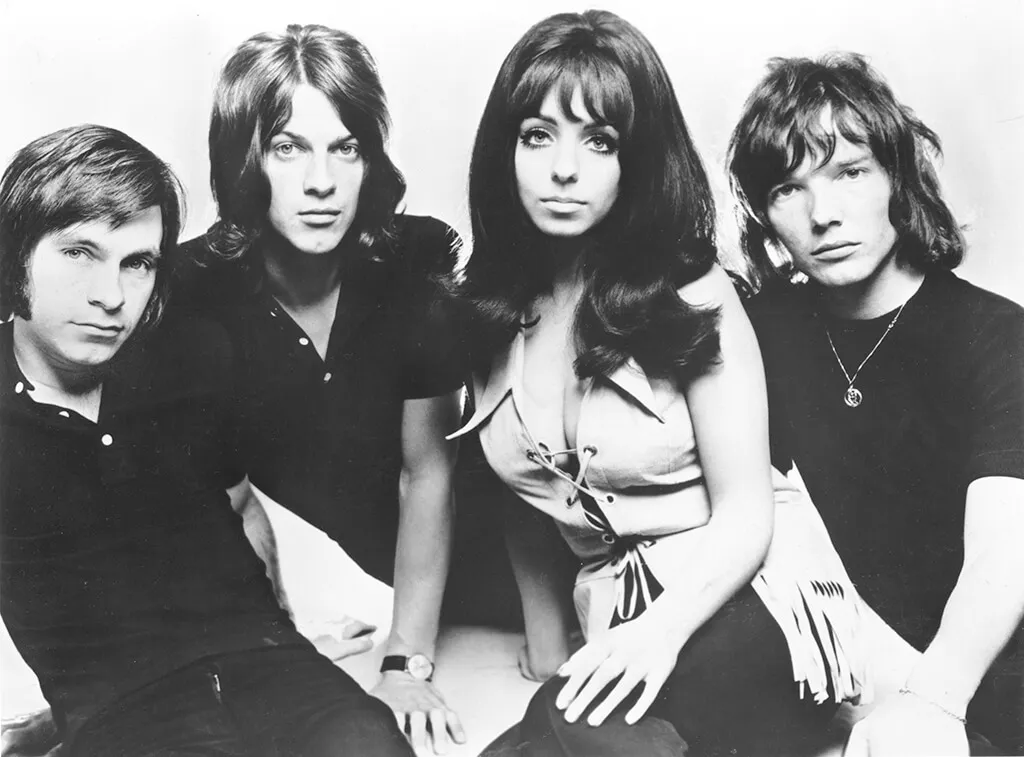
"Venus" was written by Robbie van Leeuwen, a member of the Dutch rock group Shocking Blue. The song was recorded and released by the band in 1969 as a single for the band's third album Scorpio's Dance. The song caught on like wildfire and reached No. 1 on the Billboard Hot 100 in February of 1970.
That same year, the record went gold after selling one million copies in the United States and sold 7.5 million copies worldwide. The song is still popular today and is frequently covered and featured in movies and commercials. Neither of the group's other two hits made it to the Top 40.
"MacArthur Park" - Richard Harris
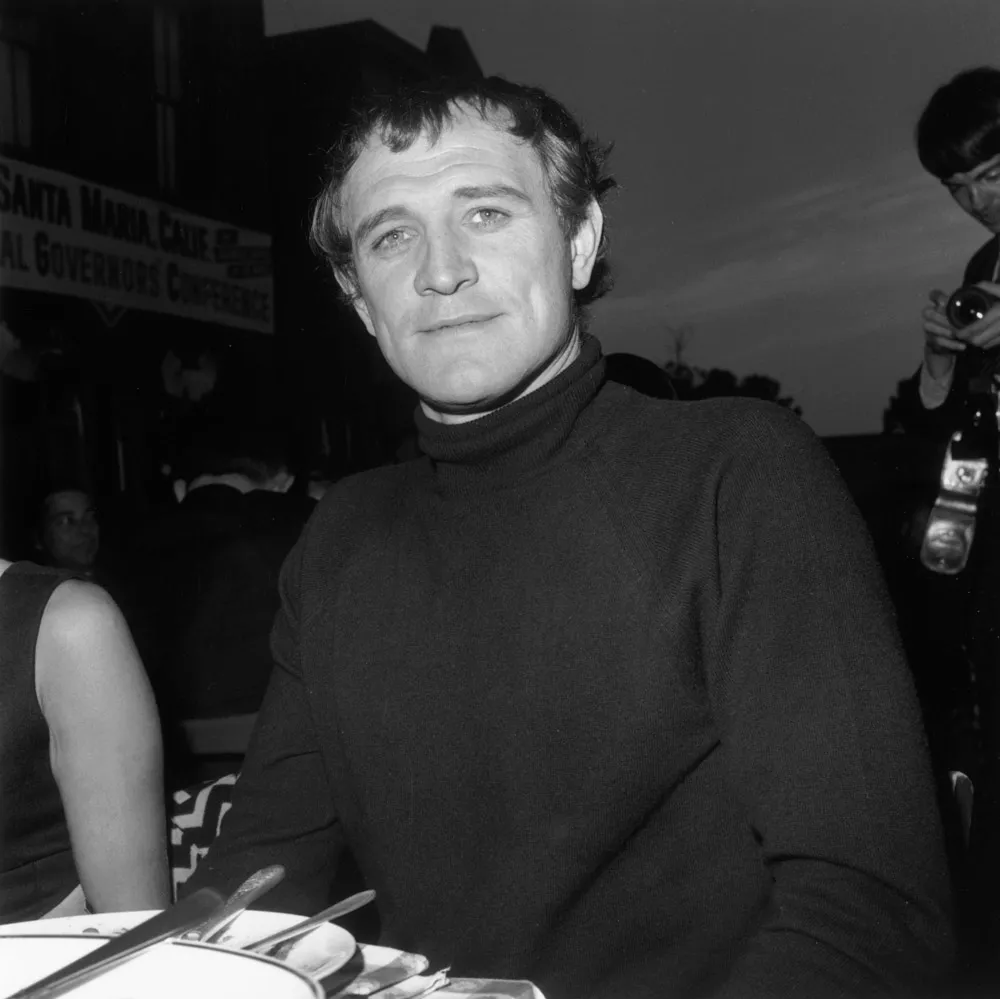
Songwriter Jimmy Webb's first choice to record this song wasn't Richard Harris at all. "MacArthur Park" was an unorthodox song about a failed relationship and a cake that was left in the rain. Webb tried to present Harris with a different song at first but he rejected it.
Harris, an Irish actor/singer, wanted to make a pop album so he developed a liking for the strange song. The song had four parts to it which made it even more appealing to Harris. It landed at number two on the charts. Fun fact: Harris went on to perform as Albus Dumbledore in the first two Harry Potter films!
"Wild Thing" - The Troggs
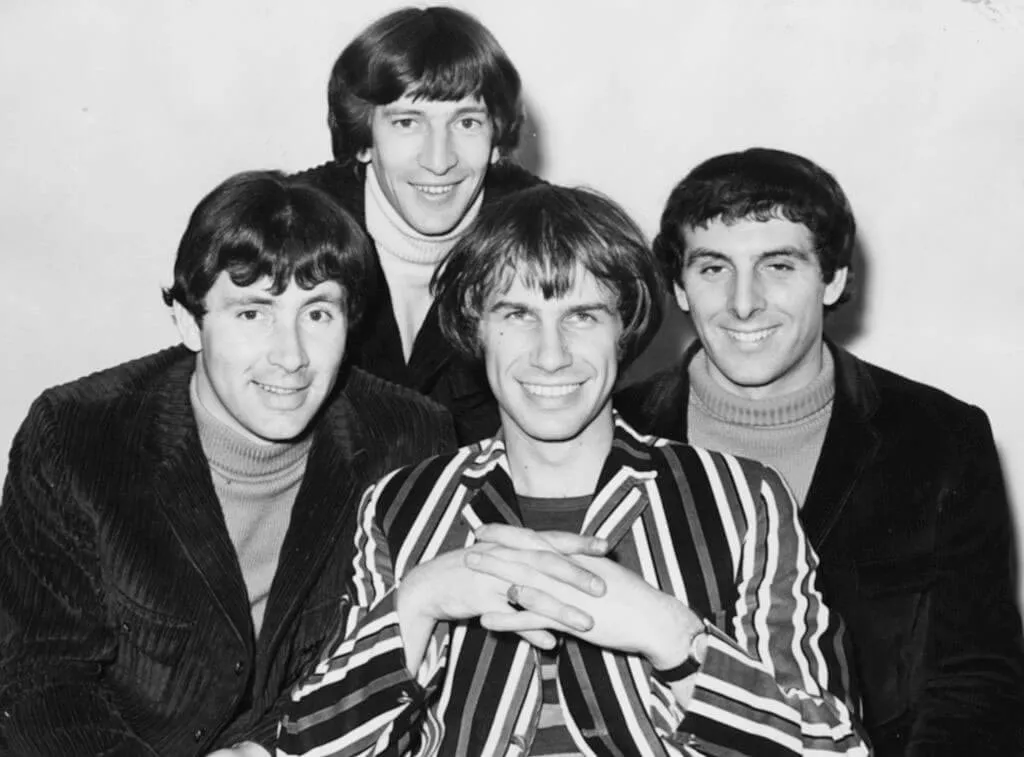
The Troggs originally named the Troglodytes, are not exactly a one-hit-wonder. But one of their songs is so well-known that it tends to overshadow their other work. "Wild Thing," which topped the U.S. charts in 1966, is listed on Rolling Stone's list of The 500 Greatest Songs of All Time.
The band wasn't able to tour the U.S. until two years after "Wild Thing" hit the charts, which hurt their success somewhat. Even so, their music has withstood the test of time and they're considered a major influence on future generations of garage and punk rock.
"(We Ain't Got) Nothin' Yet" - The Blues Magoos
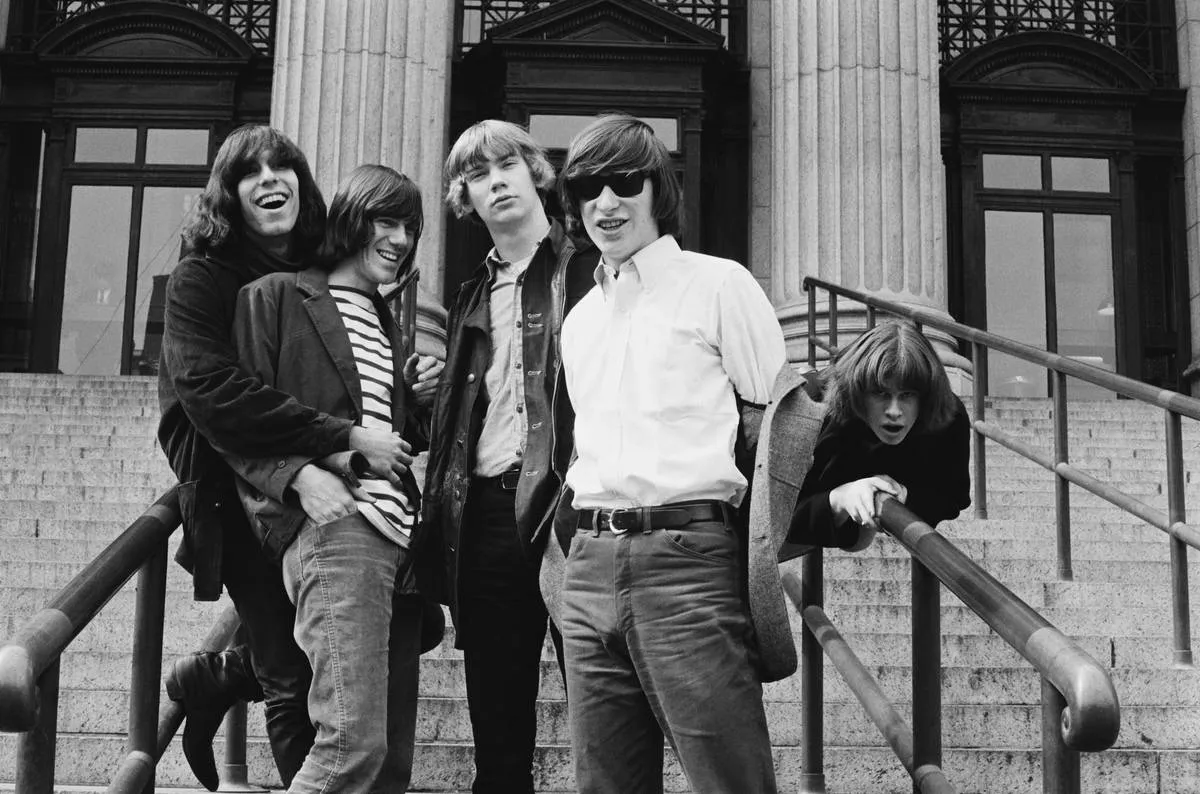
The Blues Magoos were original the Trenchcoats from the Bronx. They formed around the mid-'60s with a sound revolving around proto-garage rock. Soon, they transformed into psychedelia sound and took off.
A whirling Vox organ, groovy bass ostinatos, trippy guitar lines, and obscure lyrics were all mashed together to make "(We Ain't Got) Nothin' Yet" from their debut album, Psychedelic Lollipop. The song reached number five on Billboard and allowed the band to go on a massive tour. The bands' other hits didn't make it into the Top 40.
"Ringo" - Lorne Green
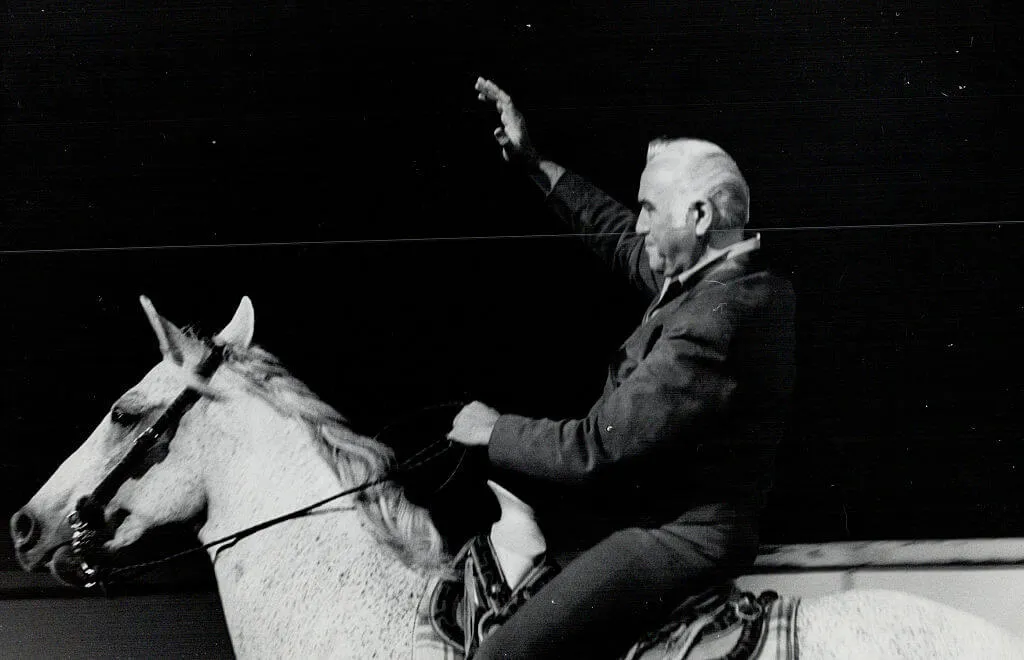
"Ringo" was originally written by Don Robertson and Hal Blair. It then became a hit song for actor Lorne Green in 1964. Not only did it go number one on the U.S. Billboard charts, but it also snuck into the same spot for the Easy Listening charts where it would hold that place for six weeks.
"Ringo" would appear on multiple charts actually and was originally recorded as a track on Greens's Welcome to the Ponderosa LP. Green had another song reach the US Billboard 100, 1965's "The Man," which peaked at #75.
"Hey! Baby" - Bruce Channel
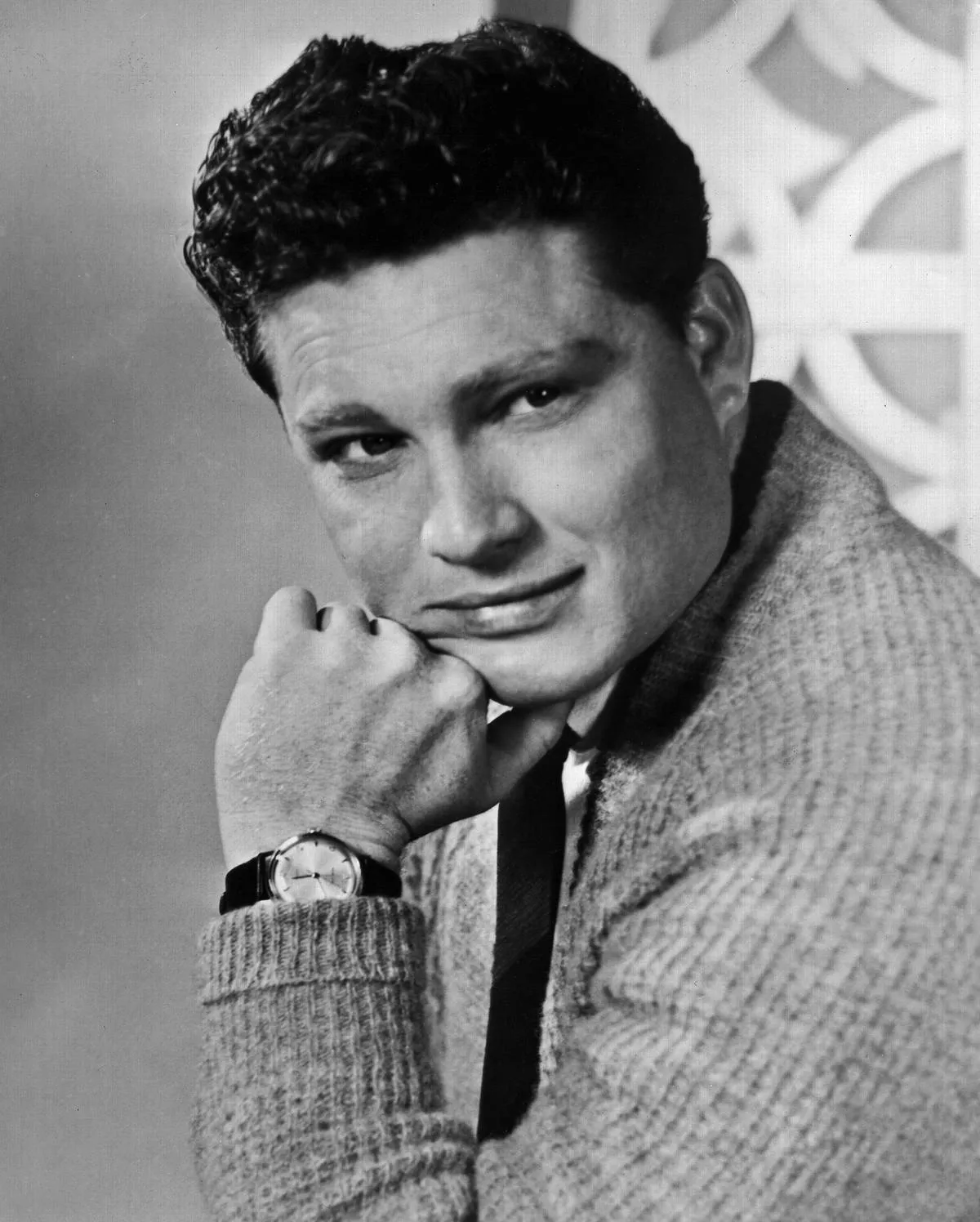
In 1961, Margaret Cobb and Bruce Channel wrote the song "Hey! Baby." Channel went on to record it that same year and it was released on LeCam Records, which was a local Texas label.
For a three-week period, the song held the crown as the number one song on the charts. That time period started on March 10, 1962. Delbert McClinton played the harp on this song. And this was also around the time Channel was touring with the Beatles. Channel ended up with four more Billboard hits, but none in the Top 40.
"Green Tambourine" – The Lemon Pipers
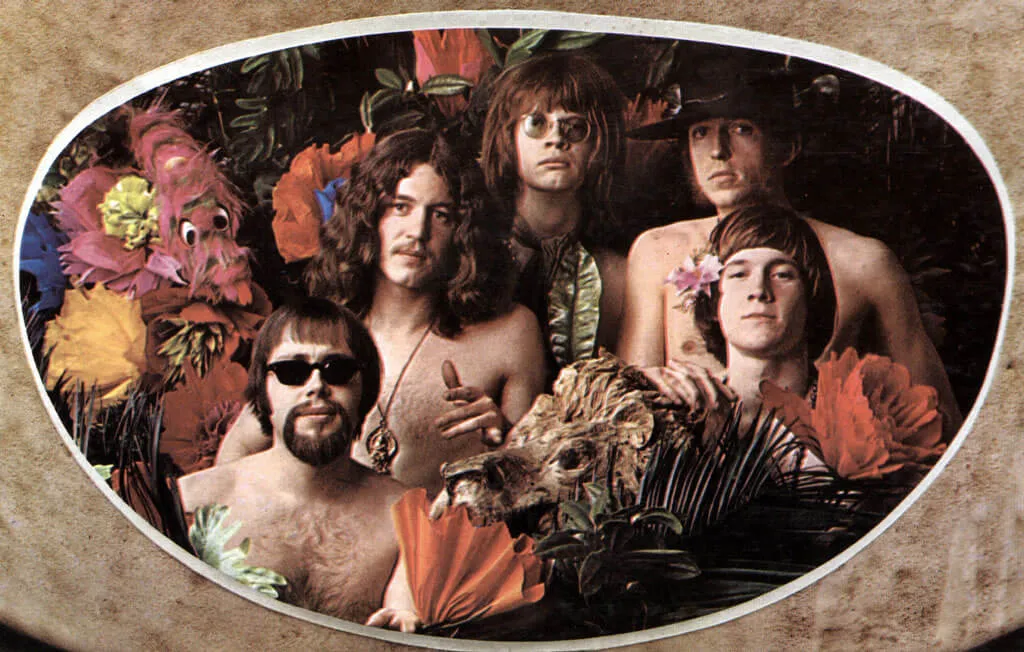
Psychedelic pop group The Lemon Pipers formed in 1966. The group consisted of students from Oxford, Ohio, who were already familiar with the music scene there, each having been a part of other bands before joining The Lemon Pipers.
They signed on with Buddah Records and eventually recorded an album that didn't make the charts. Buddah asked their producer, Paul Leka, to write a song for them to record and "Green Tambourine" was born. It reached #1 on Billboard in February 1968 and eventually sold more than two million copies. The band's only other song to chart, "Rice Is Nice," peaked at #46.
"Dominique" - The Singing Nun
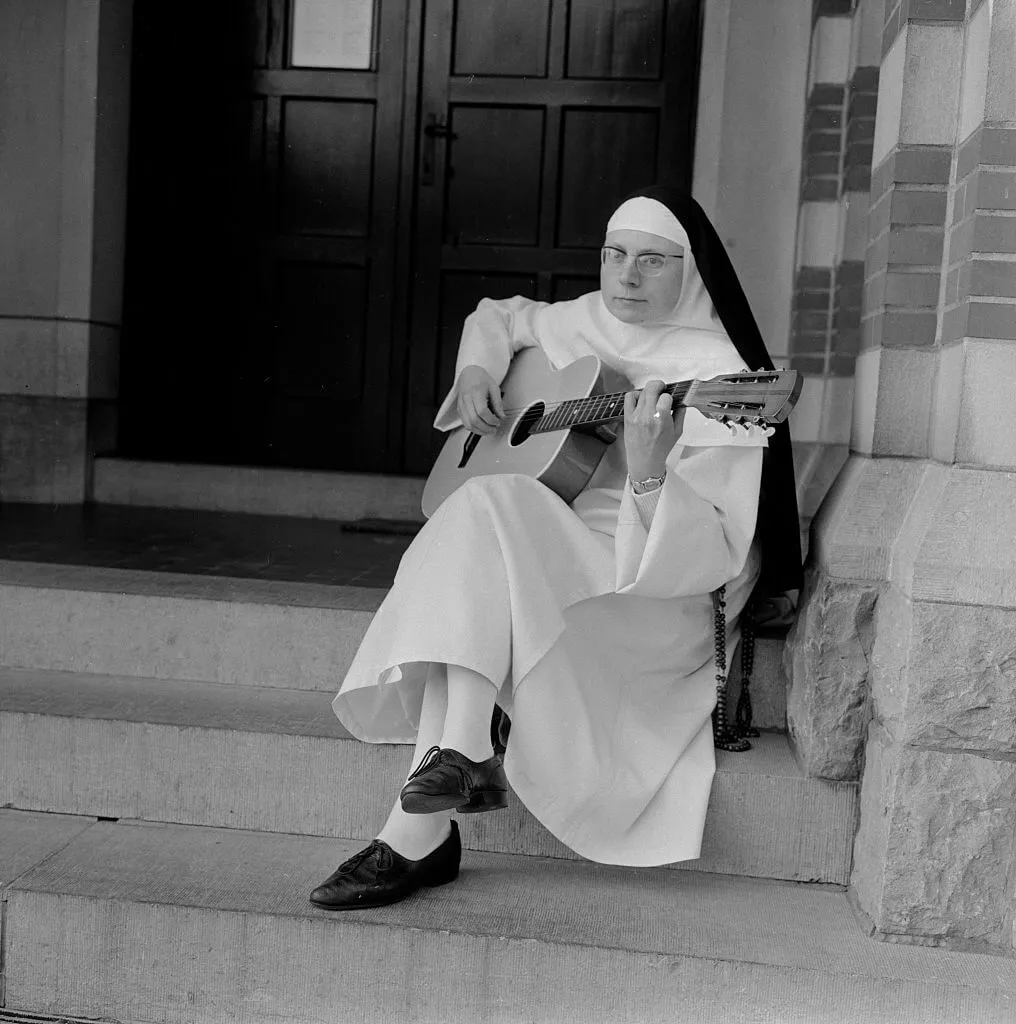
The song "Dominique" is a French-language song from 1963. Jeannine Deckers from Belgium wrote and performed the magical French song. She was also known as Soeur Sourire or The Singing Nun.
The Singing Nun is a Spanish-born priest who is also the founder of the Dominican Order. The song stayed number one on the Billboard Hot 100 for four weeks in December. She would never find that same success again, but she continued to live a colorful life.
"California Sun" - The Rivieras
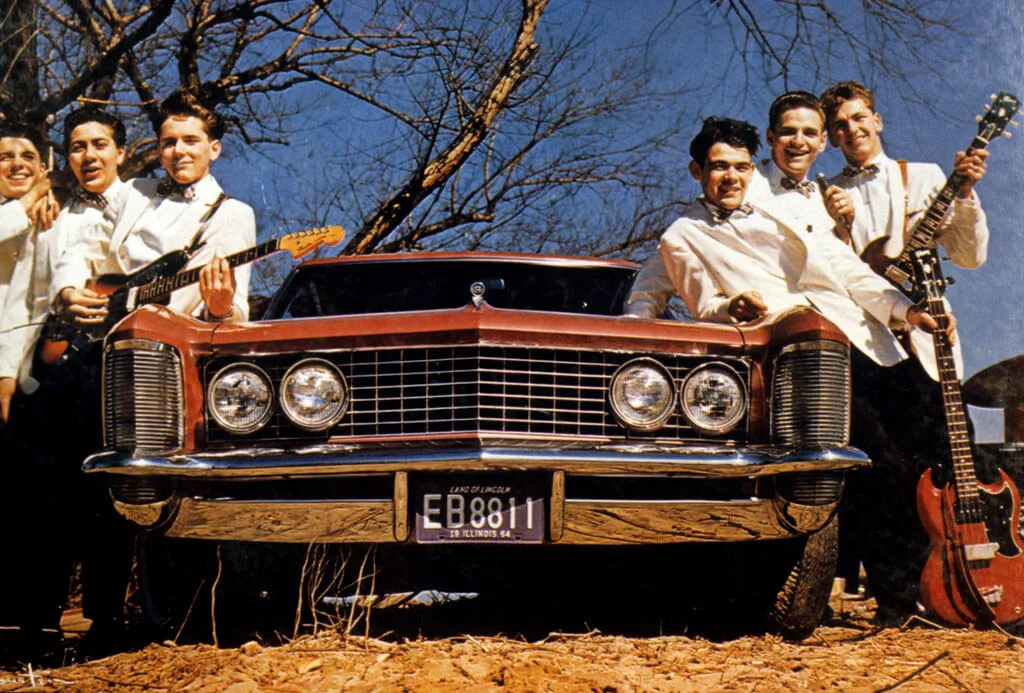
Hailing from South Bend, Indiana, the Rivieras were a rock n' roll group formed in the early 1960s. Although its members hailed from the Midwest, the band became well-known for its surf style of rock. The Rivieras hit it big in 1964 with "California Sun," which rose to #5 on Billboard. It stayed there for 10 weeks.
Although they had other songs land on the charts ("Moonlight Serenade," "Little Donna," "Since I Made You Cry," "Count Every Star"), the band never had another top 40 hit again. The Rivieras split up in 1966 but have held a few reunions over the years.
"Wipe Out" - The Surfaris
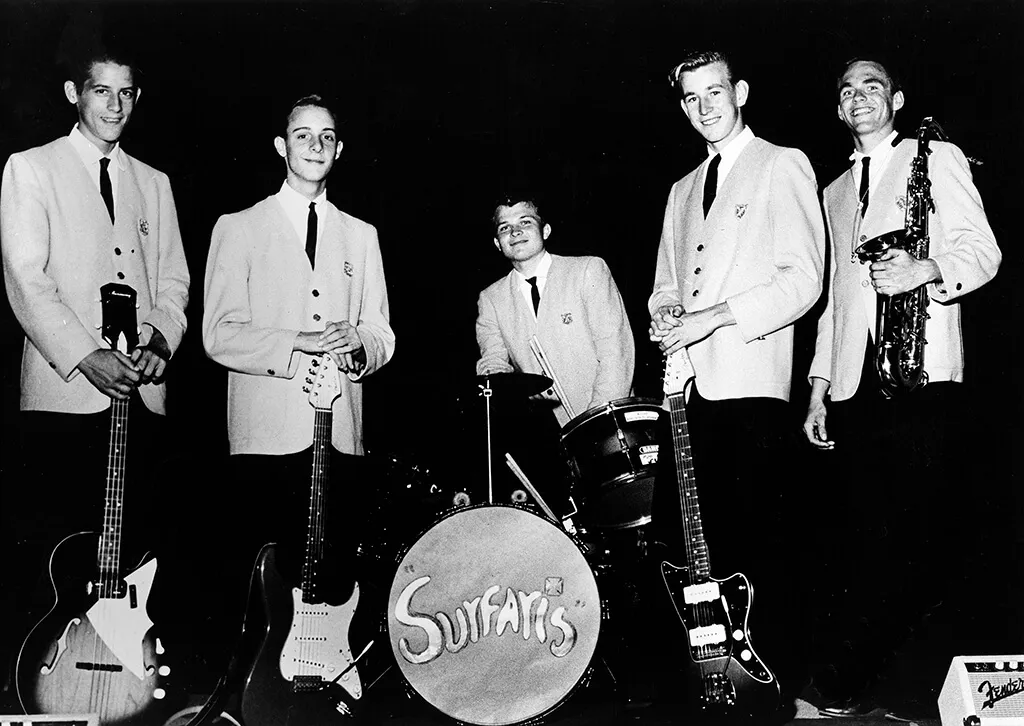
"Wipe Out" is an instrumental song written by the original members of The Surfaris: Bob Berryhill, Pat Connolly, Jim Fuller, and Ron Wilson. The group wrote the song on the spot while trying to come up with an introduction for a song on the B-side for their "Surfer Joe" single. The song was released in January 1963 and was picked up for national distribution in April of that same year.
"Wipe Out" turned out to be a hit and spent 30 weeks on the Hot 100, reaching No. 2 on the Billboard chart, right behind Stevie Wonder's "Fingertips." Since its release, it has been covered endlessly and has been featured in over 20 movies. "Surfer Joe" eventually reached #62 but was never a Top 40 hit.
"Harper Valley PTA" - Jeannie C. Riley
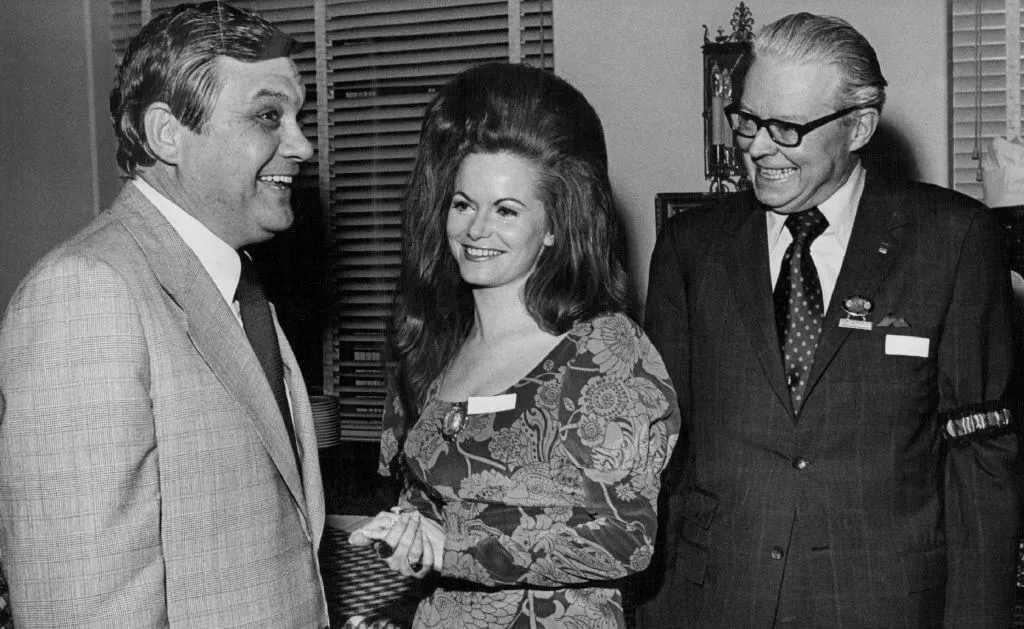
Harper Valley PTA was written by Tom T. Hall which became a huge country hit for Jeannie C. Riley (center). The song was released in 1968 and grew so large that it eventually became the basis for a TV series.
Harper Valley PTA sold over six million copies. Riley became the first female artist to sit on top of both the Hot 100 and Hot Country Singles charts with the same song, something that wouldn't be done again until 1981. She had many other successes but no other Top 40 songs.
"Alley-Oop" - The Hollywood Argyles
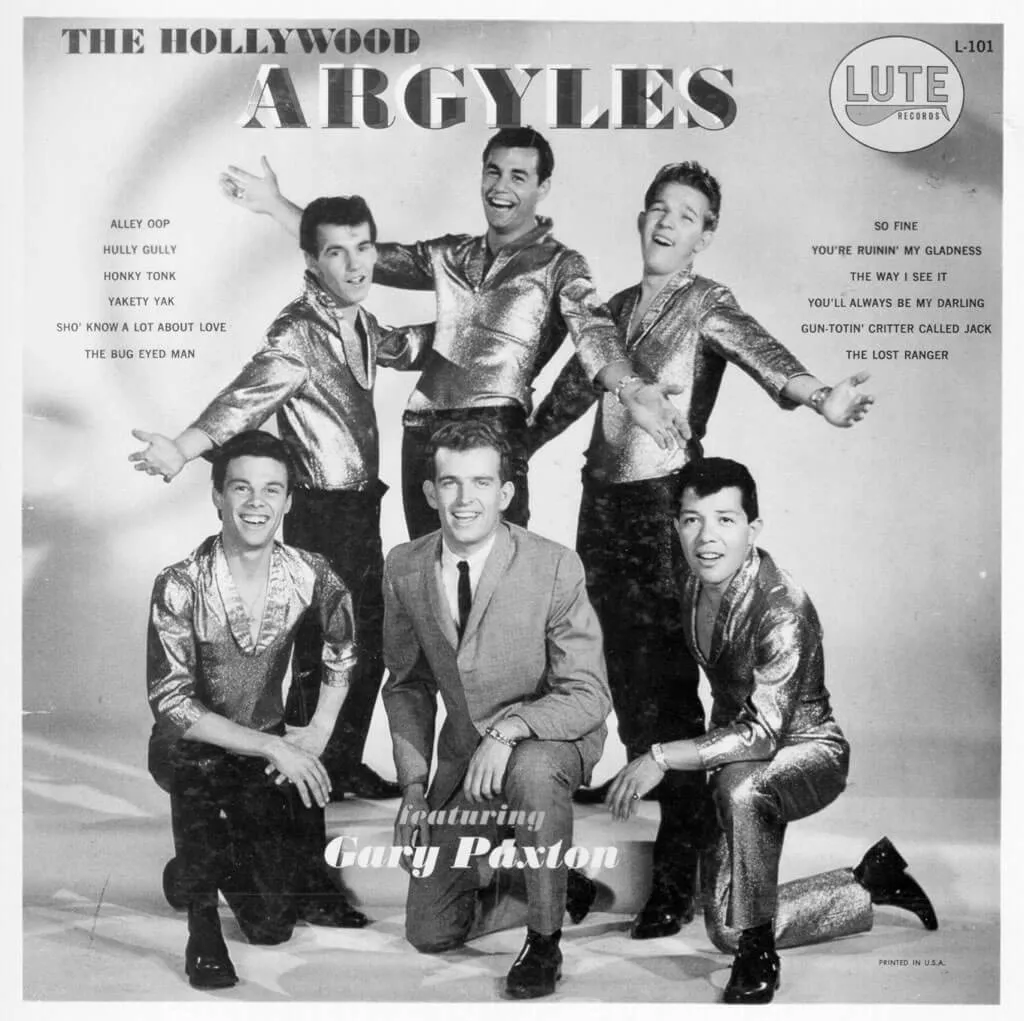
Musician Gary S. Paxton and songwriter Kim Fowley assembled the band The Hollywood Argyles for studio recordings. The two wanted to record Dallas Frazier's country song "Alley Oop" themselves but Paxton was under contract with another record label so couldn't do so.
Dallas Frazier sang backup, along with Buddy Mize, Scott Turner, and Diane Smith. The Hollywood Argyles "were hopelessly drunk on cider by the time they recorded the song," according to Fowley. Even so, the song blasted up to #1 on the charts in 1960. "Alley Oop" ended up selling over one million copies, earning a gold disc from the RIAA.
"Na Na Hey Hey Kiss Him Goodbye" - Steam
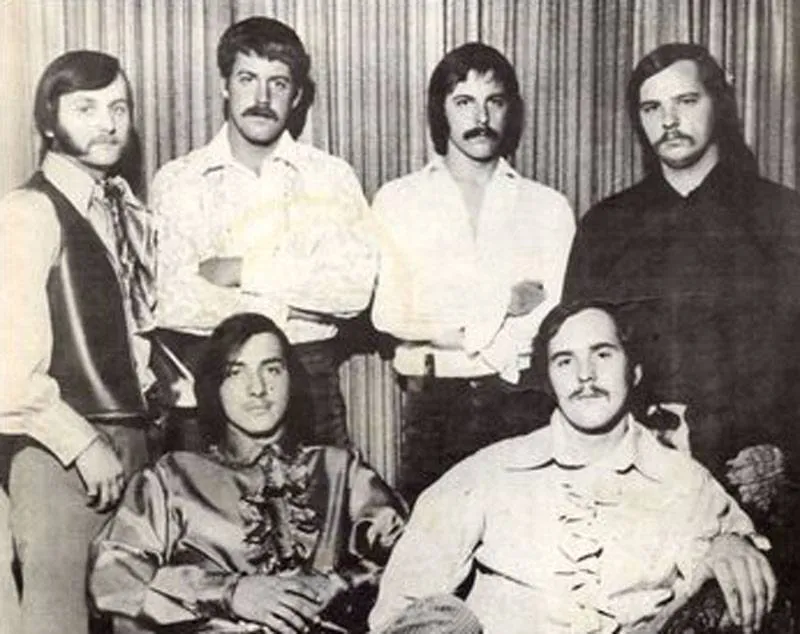
There were complications behind this hit song because at first it was attributed to a fictitious group called Steam. Gary DeCarlo, Dale Frashuer, and Paul Leka wrote and recorded the song, but when the song made it big, a real band was then formed to tour behind it.
The band Leka formed ended up breaking before the tour could start, so he had to put another one together. The song went number one in 1969 as a pop single. Steam almost reached the Top 40 again with "I've Gotta Make You Love Me," but it just missed.
Stunning Photos Of Hollywood Stars Before They Became Famous
"Mother-in-Law" - Ernie K-Doe
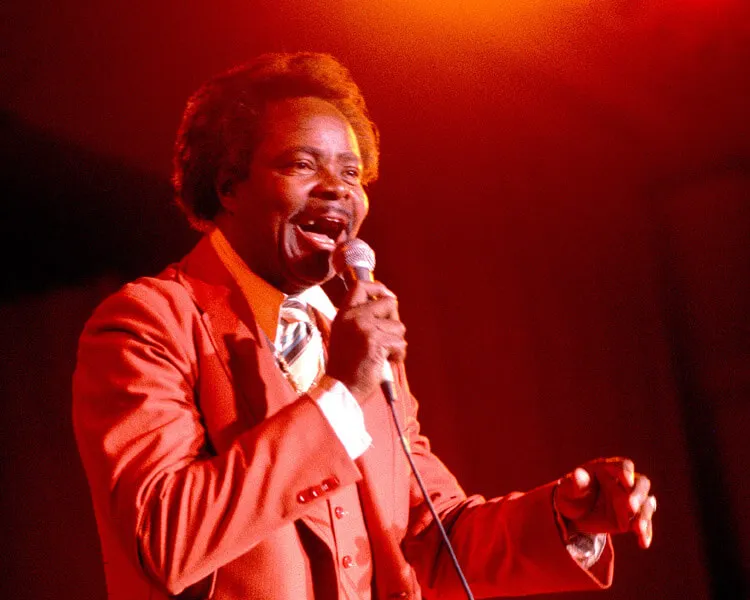
Ernie K-Doe was a rhythm-and-blues singer who was mildly popular in the '60s. In 1961, he recorded Mother-in-Law which was written and produced by Allen Toussaint. The song went number one on both the R&B charts and on the Billboard Hot 100.
The song wasn't going to happen if it weren't for Willie Hopper. Hopper was a backup singer for K-Doe and he believed the song was a great one. After some unsuccessful takes, K-Doe was tempted to walk out of the session, but Hopper convinced him otherwise.
"Love is Blue" - Paul Mauriat
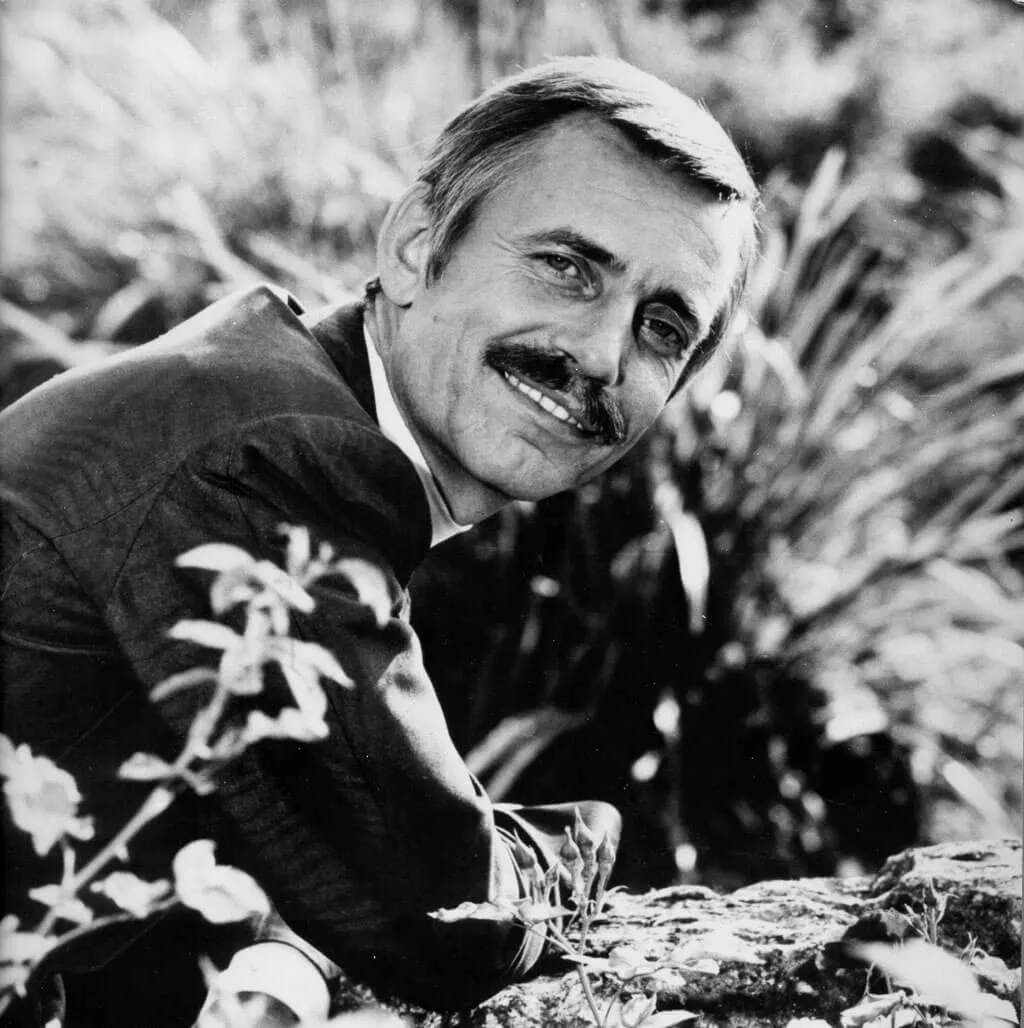
The French orchestra leader and conductor Paul Mauriat scored a #1 hit on the charts with his 1968 hit "Love is Blue." Recorded by Le Grand Orchestre de Paul Mauriat, the song stayed in the spot for five weeks. It was a rendition of "L'amour est bleu," penned by French composer André Popp.
Mauriat had two other hits that reached the charts but were nowhere near the Top 40. These were "Love in Every Room" (peaking at #60) and "Chitty Chitty Bang Bang" (#76). He was also known for "Toccata" and "Penelope."
"Stay" - The Zodiacs
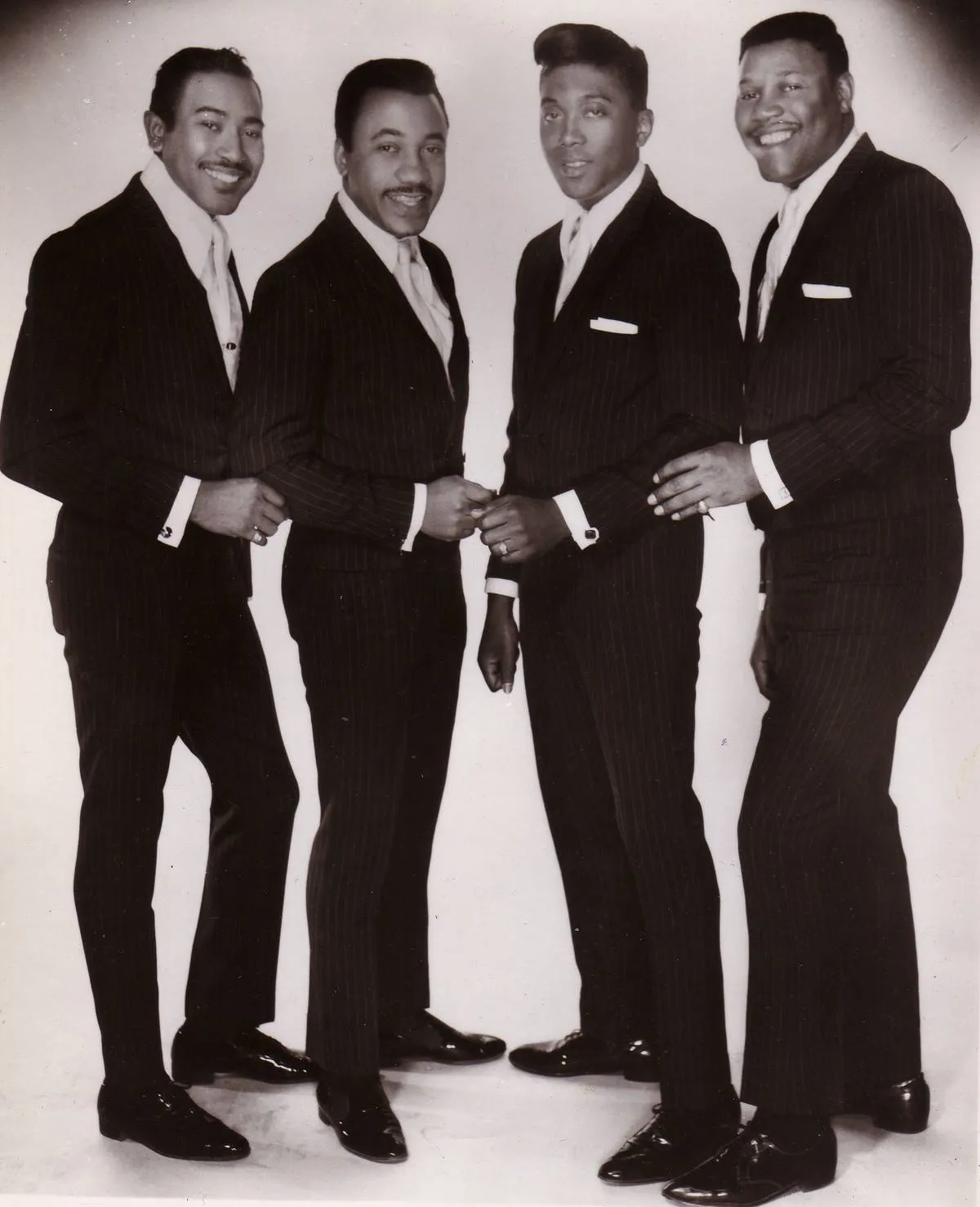
This jam is a doo-wop originally written by Maurice Williams of the The Zodiacs. Stay was first recorded in 1960 by The Zodiacs, but commercially successful versions of the song ended up releasing later by The Four Seasons and The Hollies. The Zodiac's version made it into the 1987 film Dirty Dancing, which revived its popularity.
The Zodiacs were an interesting group that kept changing their names. At one point they were The Royal Charms. After that, they tried The Gladiolas and then The Excellos. The Zodiacs released an album called May I in 1965. That album eventually sold a million records.
"Sukiyaki" - Kyu Sakamoto
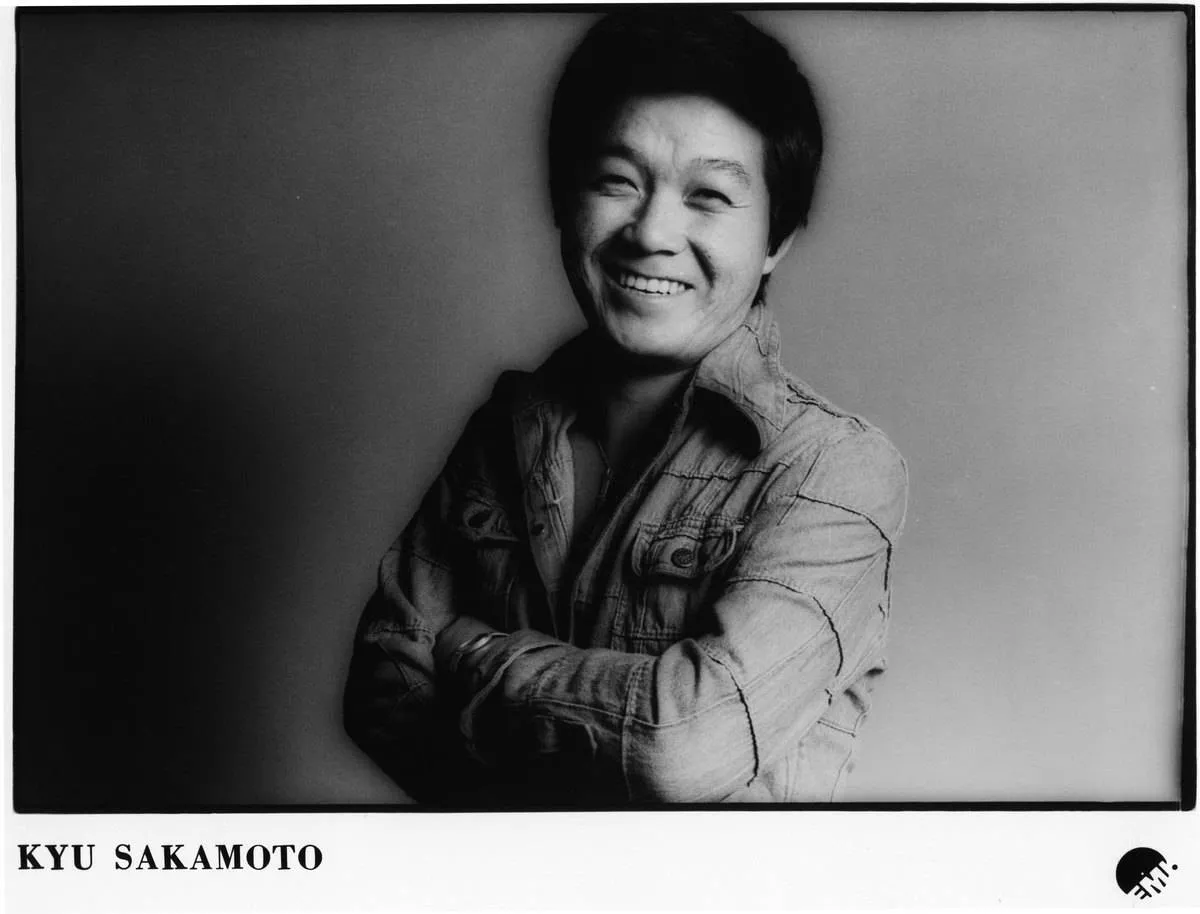
Kyu Sakamoto was a member of a few Japanese-based groups in the late '50s and early '60s. The singer-actor never got his break until he went solo and recorded the song "Sukiyaki."
It was originally called "Ue o Muite Aruko" but they re-titled it for English-speaking countries. The song was a bittersweet reflection of Kyu's past in Japan as well as his optimistic outlook on the future. The song holds the title of being the only Japanese-language song to have reached number one.
"Teen Angel" - Mark Dinning
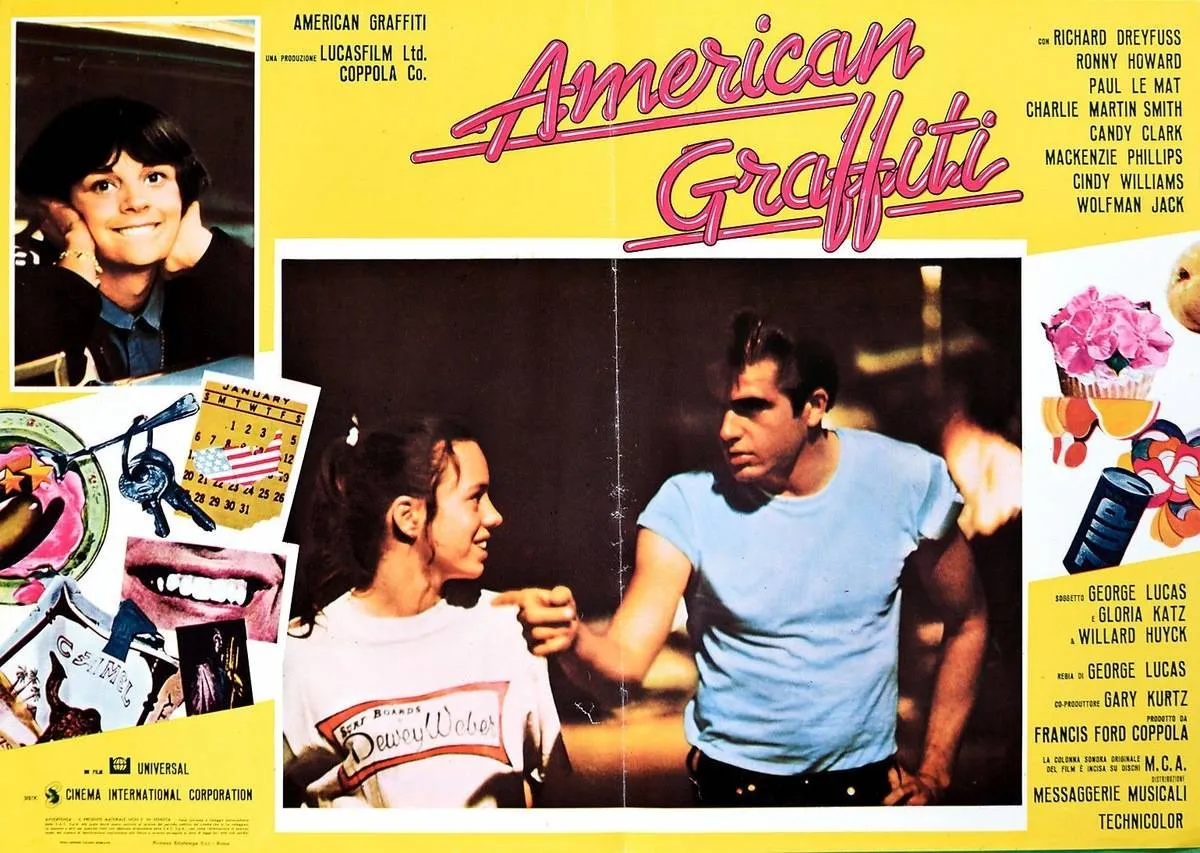
This song is about tragedy. It was written by Jean Dinning, but his brother Mark Dinning went on to perform it. It hit the number one on Billboard's Feb. 8, 1960 list. Sadly, he never made another hit record again.
He eventually passed of a heart attack in 1986, unfortunately. He was only 52 at the time of his death which took place in Jefferson City, Missouri. Interestingly enough, this song was featured on the soundtrack of the hit movie American Graffiti.
"The Girl from Ipanema" - Astrud Gilberto and Stan Getz
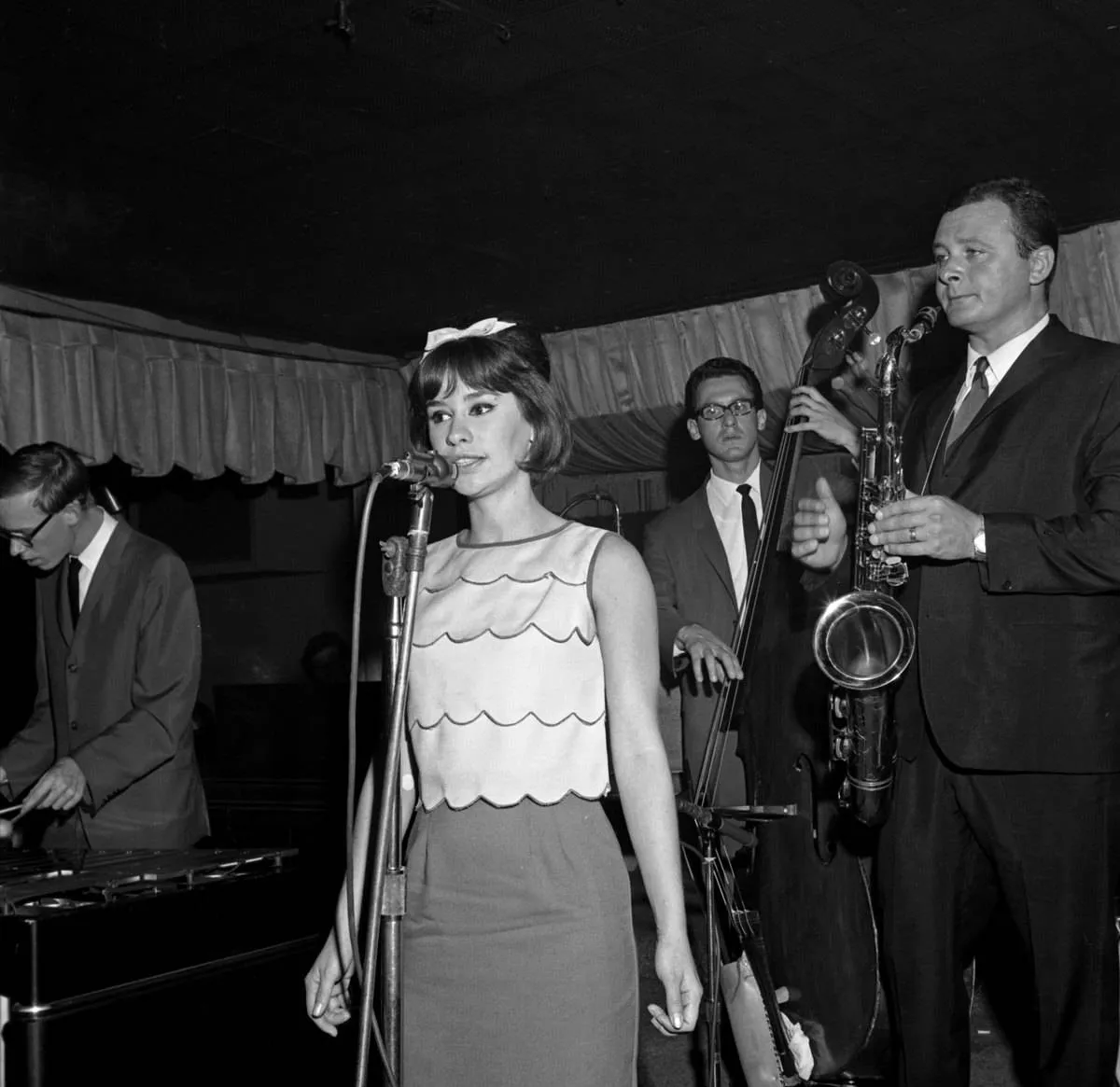
Astrud Gilberto was never a professional singer. She just happened to lend some vocals on two songs from an album that her husband contributed to. One of the songs was a jazz-bossa nova song called "The Girl from Ipanema."
It was released in the spring of 1964. The peak it reached was number five on the U.S. Billboard list. The song was so good, it won a Grammy in 1965 for Record of the Year. That goes to show you don't have to be professional to have good taste.
"Winchester Cathedral" - The New Vaudeville Band
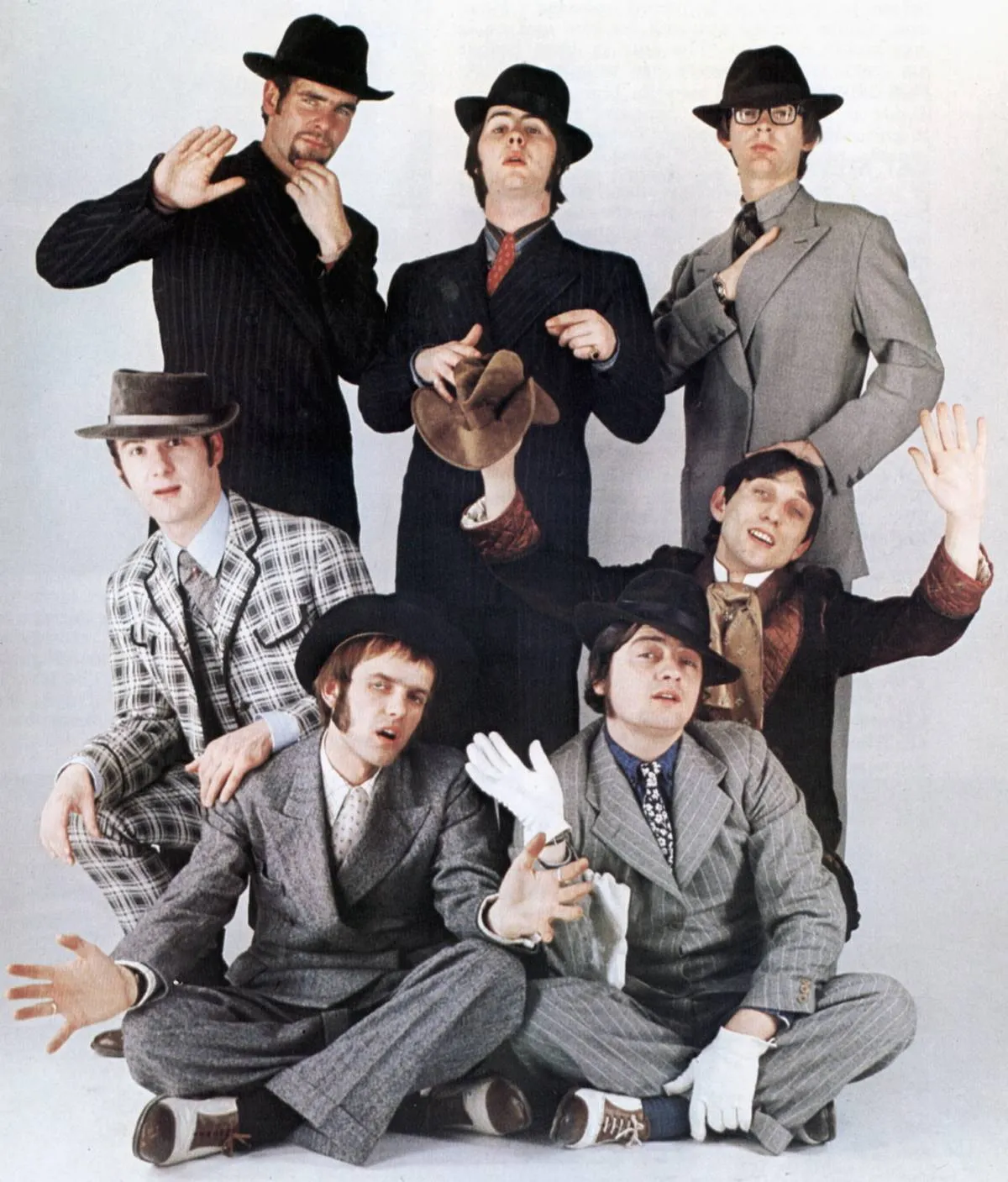
The British novelty group The New Vaudeville Band released this song in 1966. The band was made up of Geoff Stephens and composed by the same person. Fontana Records released the single as it reached number one on the Billboard Hot 100 list.
Stephens wrote the song with a John Carter soundalike singing through his hands. His aim was to imitate a megaphone sound. When the song became an international hit, a band had to come together for it. The band had a #72 hit with "Peek-a-Boo" the following year, but never duplicated the Top 40 success of Winchester Cathedral.
"Grazing in the Grass" - Hugh Masekela
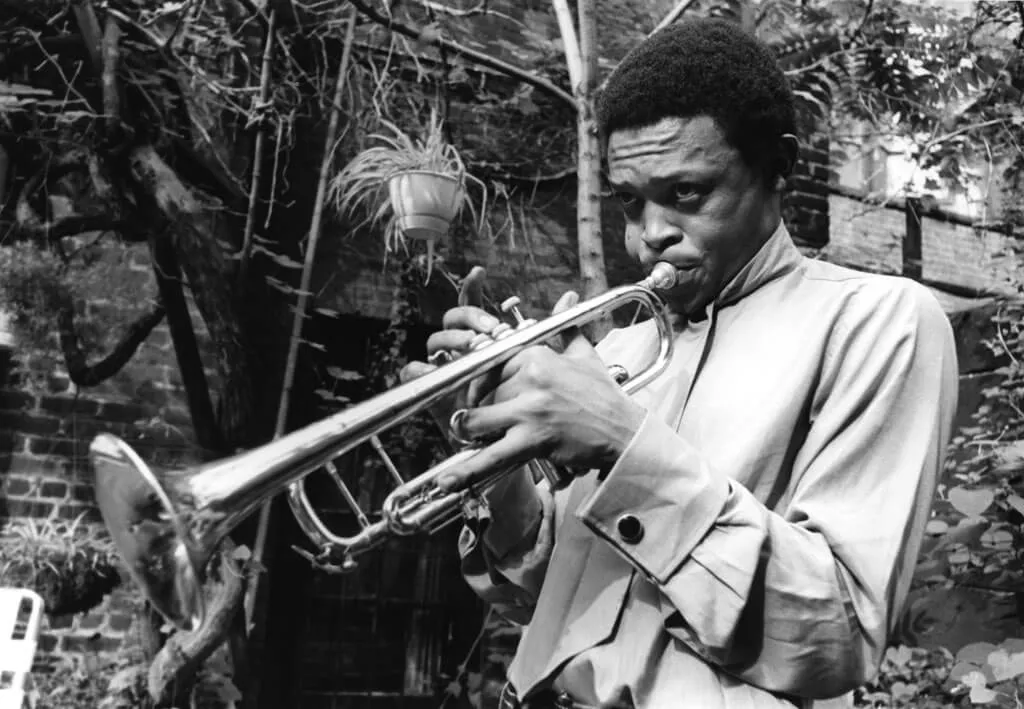
A singer, composer, and multi-instrumentalist called "the father of South African jazz" by many, Hugh Masekela was primarily known for his anti-apartheid songs such as "Bring Him Back Home" and "Soweto Blues." In 1968 he hit #1 on the Billboard charts with the song "Grazing in the Grass."
Although he had other tunes on Billboard's Top 100 during his career, "Grazing in the Grass" was the only Top 40. It sold four million copies worldwide. In 2018 his rendition of the song was inducted into The Grammy Hall of Fame.
"Little Star" - The Elegants
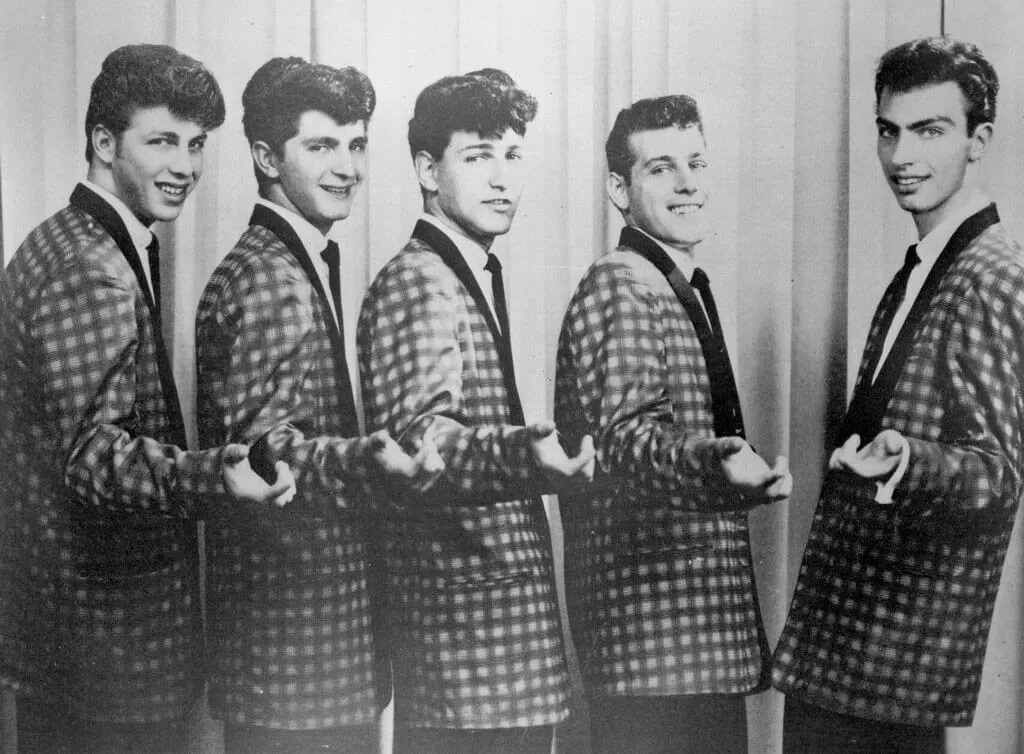
What a name. The Elegants were a doo-wop quintet (all teenagers) formed in New York in the late 1950s. The group got its start performing under boardwalks. Members Arthur Venosa and Vito Picone wrote a song called "Little Star," and it was a huge hit. It spent 19 weeks on the Billboard Hot 100 chart.
The song's success led The Elegants to tour with huge acts like Buddy Holly, Jerry Lee Lewis, and Chuck Berry. Unfortunately, they were never able to recreate the success of "Little Star," although many of The Elegants are still touring to this day.
"Angel Of The Morning" - Merrilee And The Turnabouts
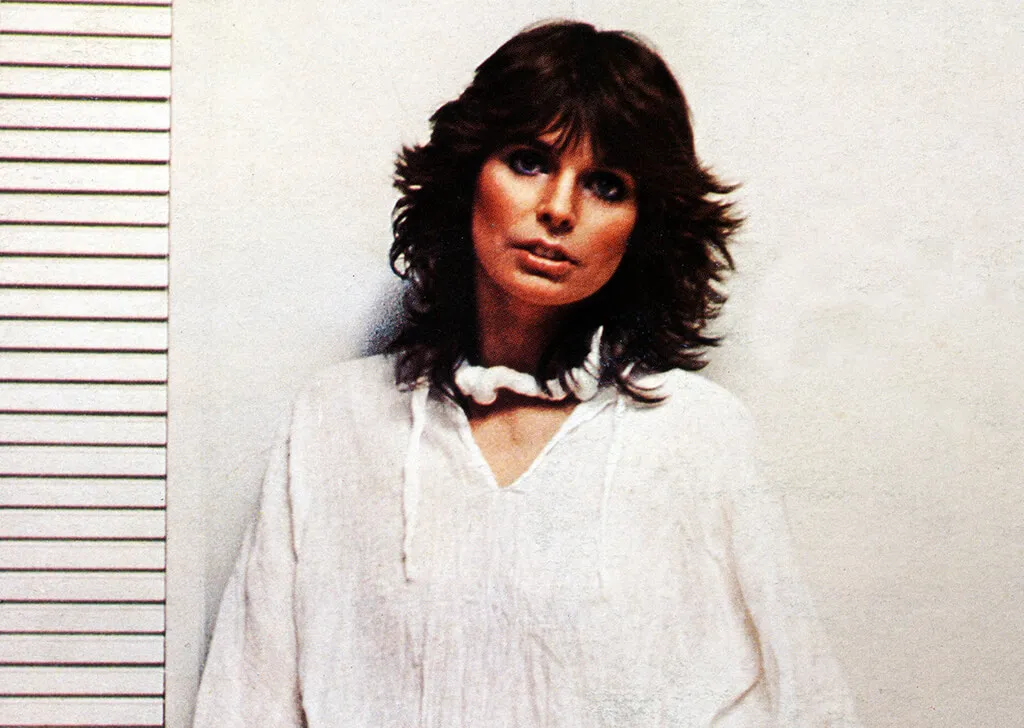
"Angel of the Morning" was written and composed by Chip Taylor. Over the years, it has been covered and released as a single by countless groups including Evie Sanders, Juice Newton, The Pretenders, Mary Mason, The New Seekers, and many others. The song became commercially successful after it was released by Merrilee Rush in 1968.
Encouraged by producer Tommy Cogbill, Rush recorded the song, along with others, to create the album Angel in the Morning. The single was released in 1968 and made it to the Top 10 of the Billboard Hot 100, peaking at spot No. 7.
"They're Coming to Take Me Away, Ha-Haaa!" - Napoleon XIV
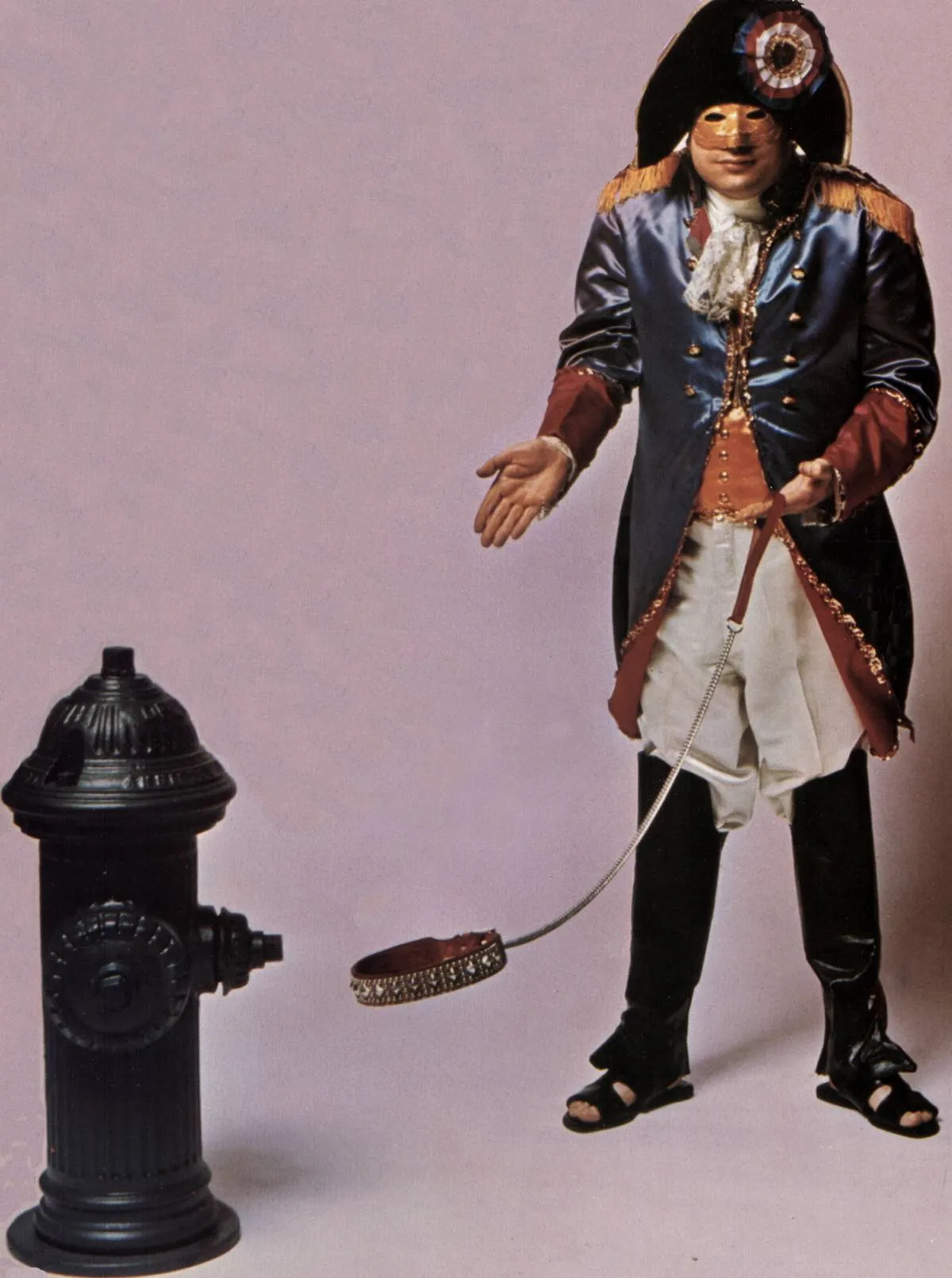
"They're Coming to Take Me Away, Ha-Haaa!" is an unusual title for an unusual song. Recorded by Jerry Samuels in 1966 as a novelty tune, it quickly shot to popularity and eventually reached the number 3 spot on Billboard's Hot 100 popular music singles chart. It was also number 2 in Canada, and overseas it reached No. 4 on the UK Singles Chart.
Following its initial success, "They're Coming to Take Me Away, Ha-Haaa!" received the dubious distinction of falling the farthest within the Top 40 in a single week. Samuels wrote two songs for other singers that reached the Top 20 lists.
"Telstar" - The Tornados
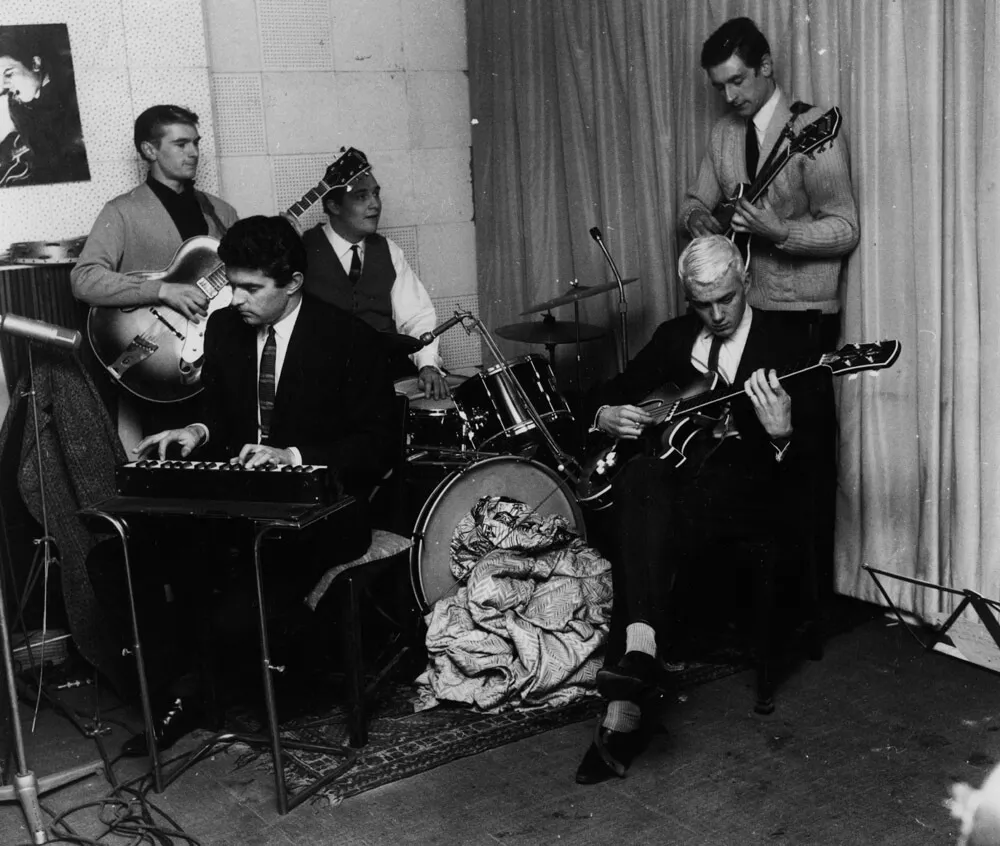
1962 was the first year a British band hit number one on the charts in America. The Tornados were the band to accomplish this milestone with their song "Telstar." Joe Meek wrote and produced this song and it was named after a recently launched communications satellite.
It was a genius title of a name to lure in young fans who were so fascinated with America's newfound frontier. The song remained on the charts for 16 weeks, and the group's only other song to hit Billboard only made it to #63.
"Worst That Could Happen" - The Brooklyn Bridge Band
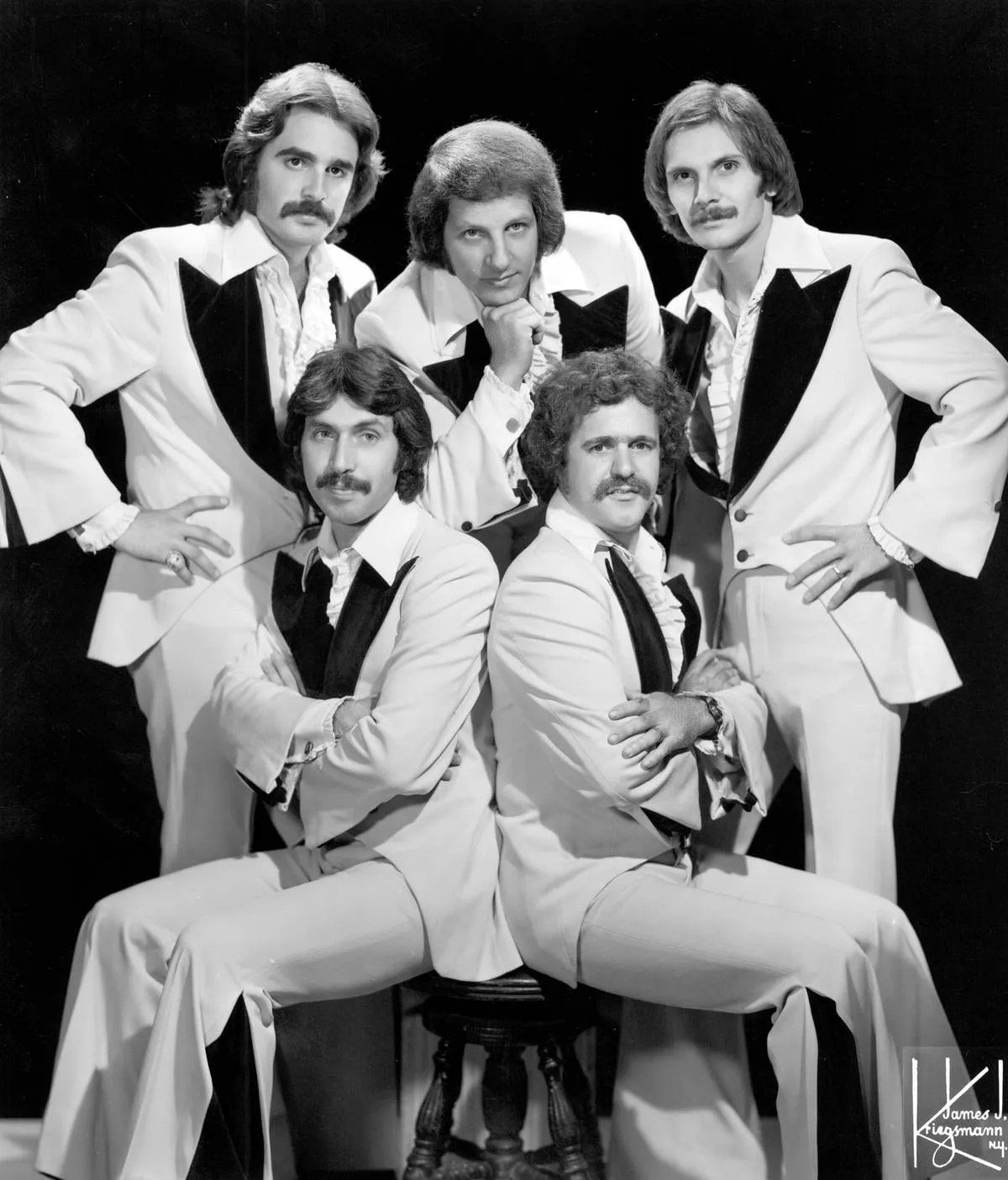
Johnny Maestro had a very shaky solo career during the '60s. And then in 1967, he ended up joining a band that consisted of Del Satins and the Rhythm Method. The band included 11 total members and they called themselves the Brooklyn Bridge.
Their first recording so happened to be a Jimmy Webb song called "The Worst That Could Happen." The 5th Dimension had already had a version of their song on their album, but for millions of others, The Brooklyn Bridge Band's version was the first they heard. It shot to number three on the charts upon release in 1969.
"Mr. Custer" - Larry Verne
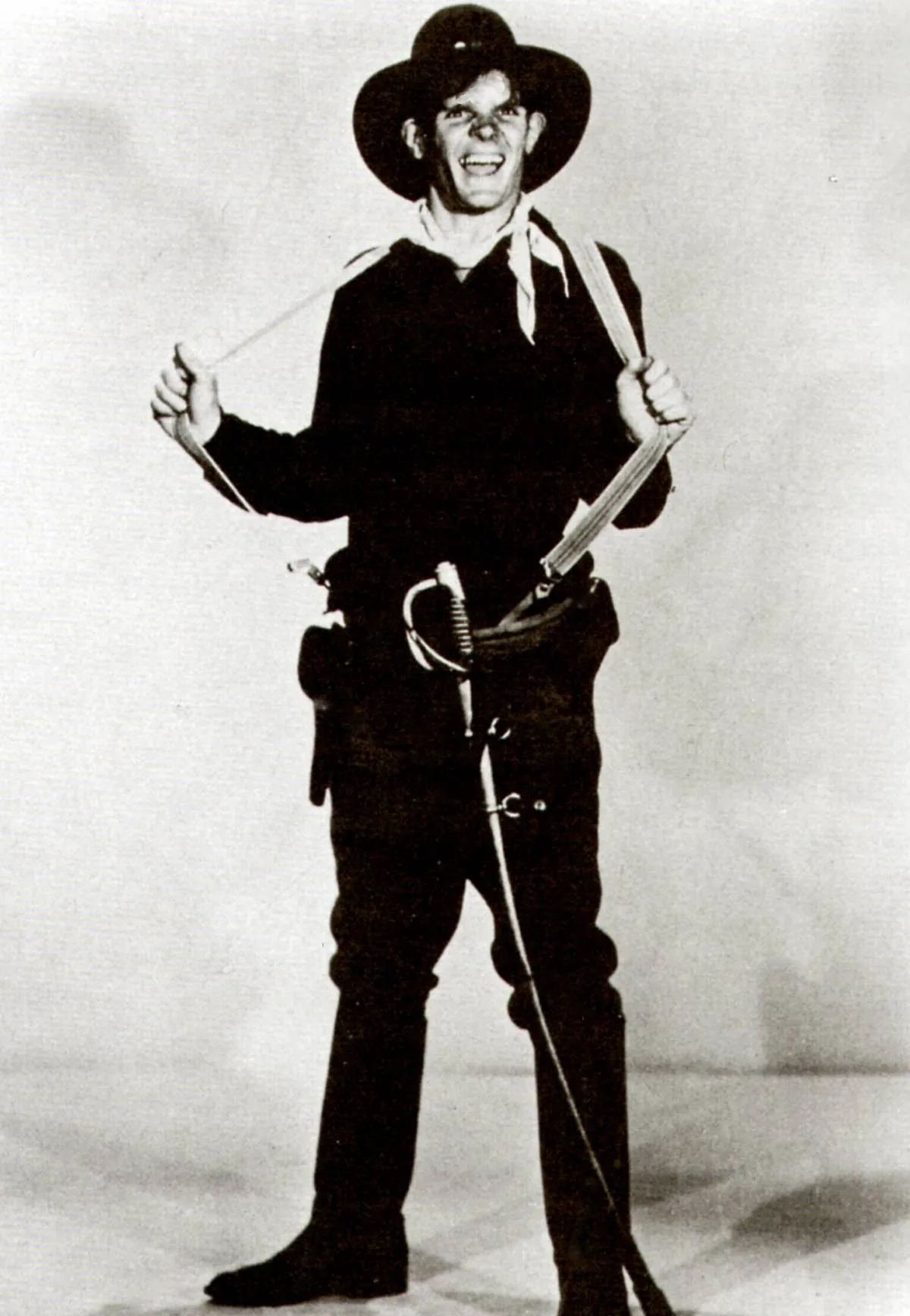
"Mr. Custer" was written by Al De Lory, Fred Darian, and Joseph Van Winkle, it's a comical song about a soldier's plea to General Custer before a battle. Larry Verne sang it all the way to the number one spot on the charts in 1960. Although it only remained at the top spot for a week, that is pretty good for a comical song about a soldier's plea.
That was the only Top-40 song Verne recorded. His second-most popular song, "Mister Livingston," managed to reach #75 but never reached the success of "Mr. Custer."
"In The Year 2525" - Zager And Evans

Zager and Evans released their only hit, "In the Year 2525", in 1968. It became a huge success, reaching No.1 on the Billboard Hot 100 for six weeks and topping the UK Singles chart for three weeks.
The song had been written four years prior to its release by the duo themselves and was released on a small record label. This made them one-hit wonders as they never had another single reach such heights again; they remain the only group to ever top both US and UK charts simultaneously with no other chart singles afterwards.
"The Teddy Bears" - To Know Him Is To Love Him
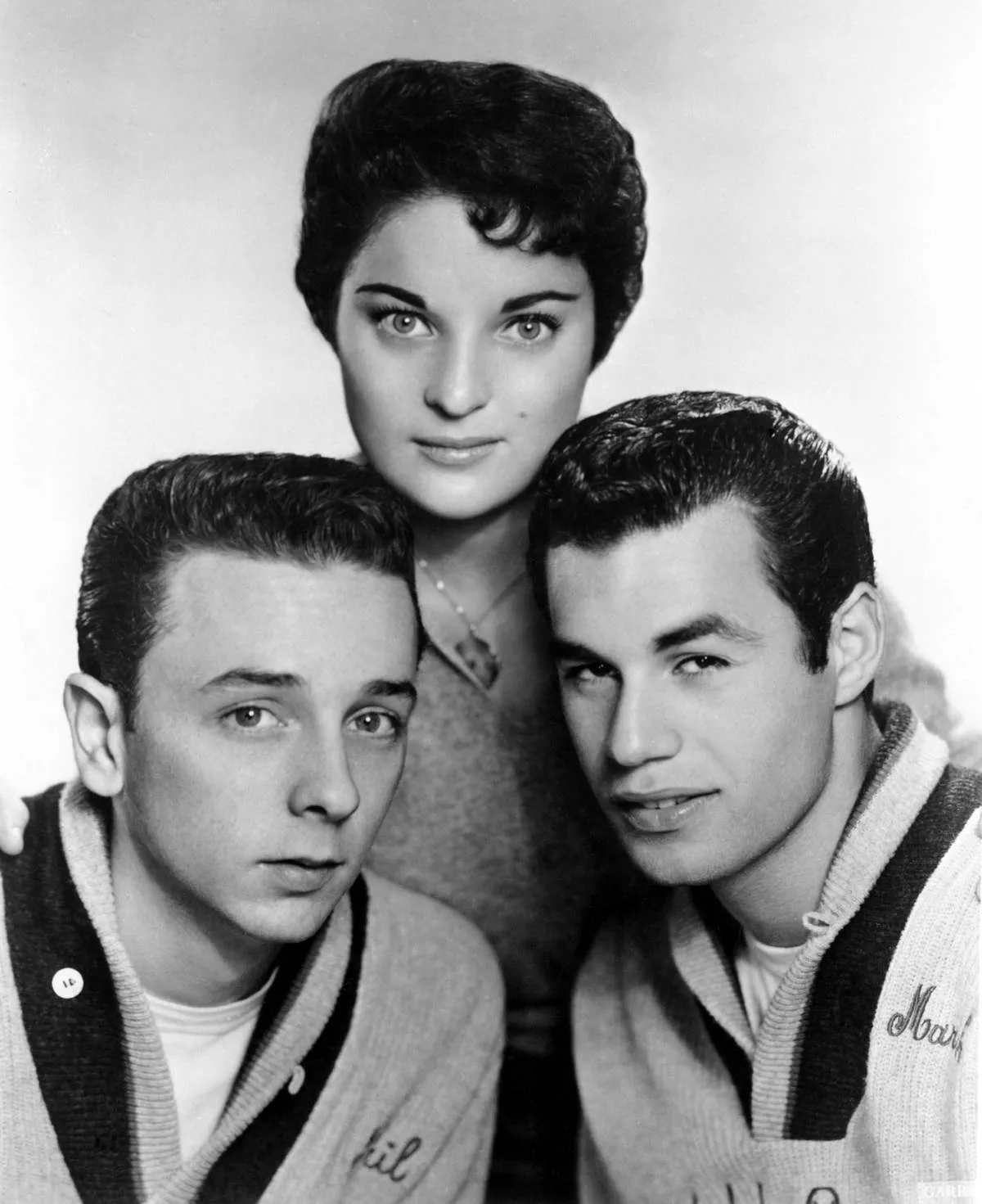
They might have been producer Phil Spector's first vocal group, but that didn't ensure The Teddy Bears' long-lasting success. The group recorded the Spector-written song at Gold Star Studios in 1958 for a mere $75. "To Know Him Is To Love Him" wasn’t an instant hit but it eventually reached the Billboard Hot 100 where it stayed for 23 weeks.
None of the Teddy Bears' other releases had much success and Spector disbanded the group only a year after "To Know Him Is To Love Him" debuted. Singer Annette Kleinbard went on to co-write"Gonna Fly Now," the theme song for Rocky.
"If You Wanna Be Happy" - Jimmy Soul
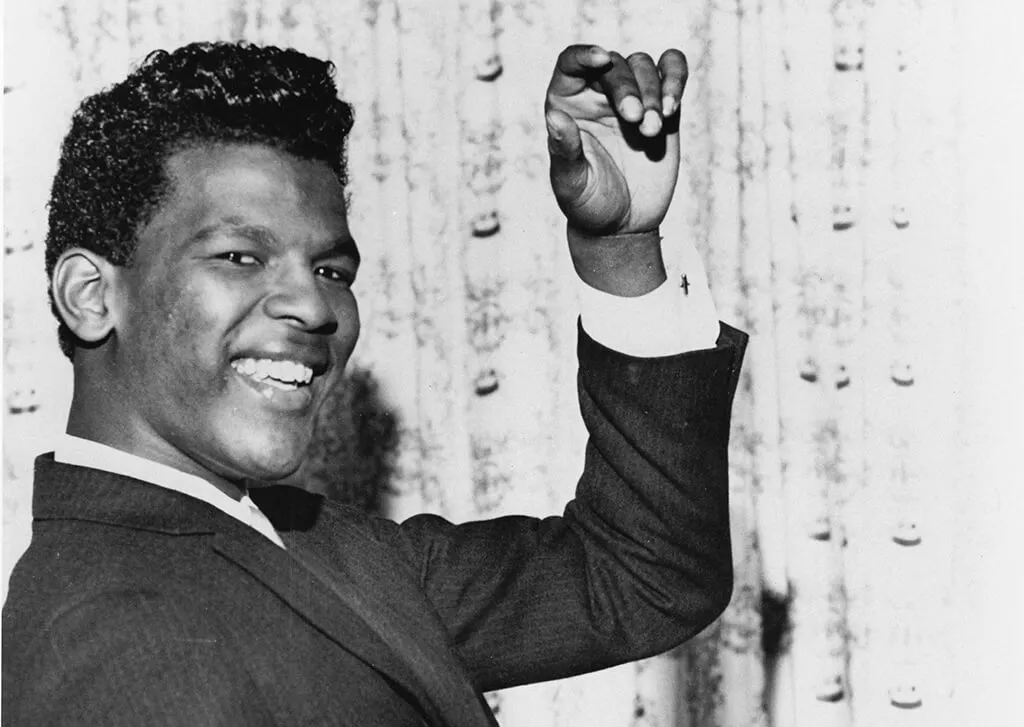
Recorded in 1963 by Jimmy Soul, "If You Wanna Be Happy" was written by Joseph Royster, Carmella Guida, and Frank Guida. The song is based on the track "Ugly Woman" by the Trinidadian calypsonian Roaring Lion, recorded in 1934. The song made it to the No. 1 spot on the Billboard Hot 100 on May 18, 1963, and on the R&B Singles chart.
For a time, the song was banned on numerous radio stations for the lyrics "Ugly Girl/Woman" and a dialogue discussing and woman's looks in a negative way. The song has been used in films throughout the years in films such as Clean and Sober and Rocky and Bullwinkle.
"Barefootin'" - Robert Parker
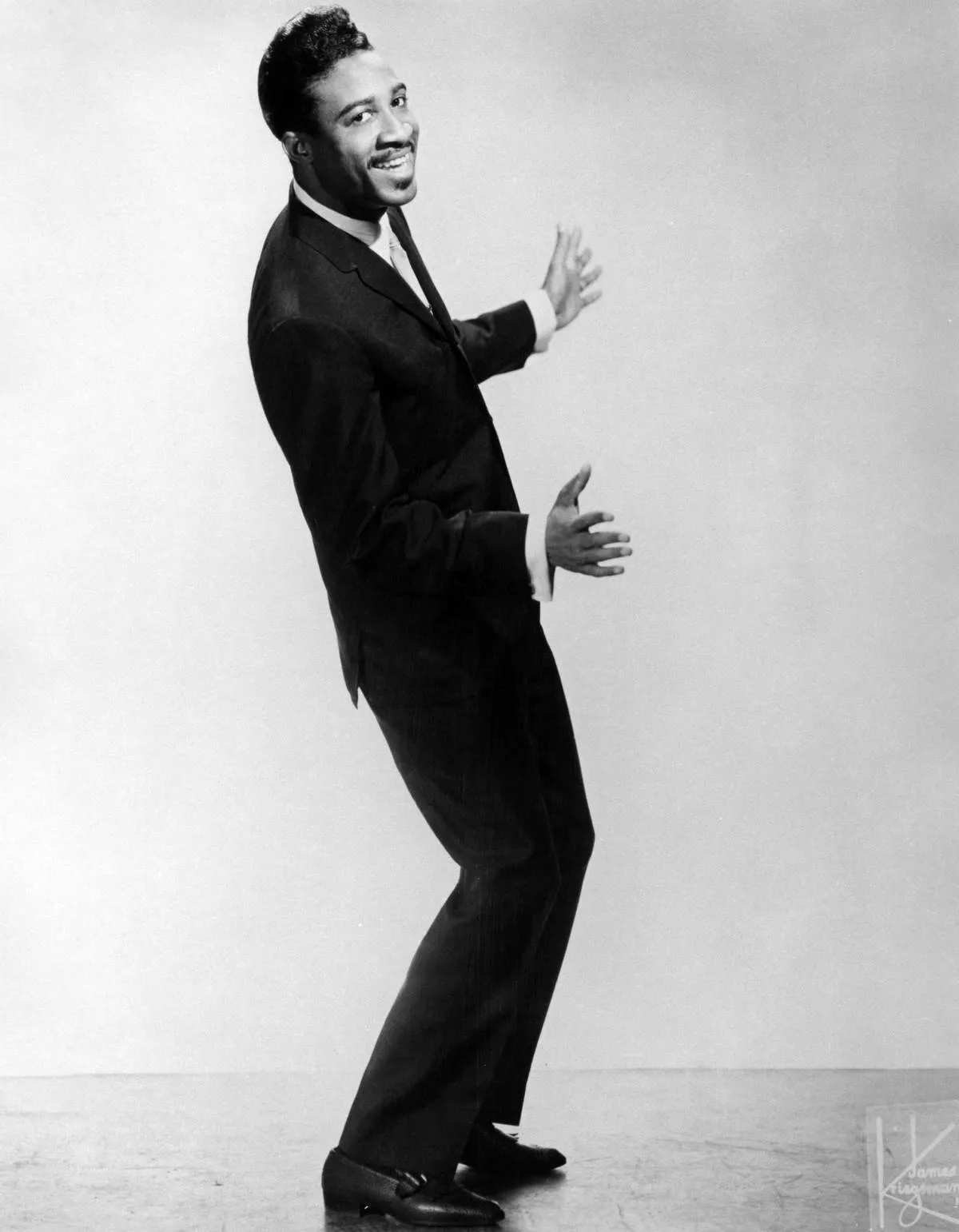
In 1966, New Orleans-born saxophonist Robert Parker hit the Billboard charts with the song "Barefootin'". Parker had started out playing with the iconic blues musician Professor Longhair in 1949. He also played with other New Orleans stars such as Fats Domino and by 1958 he had a solo career and experienced local success.
"Barefootin'" eventually sold one million copies after reaching #7 on the charts. Although Parker was never able to duplicate the song's success, he continued to tour for many years.
"Spirit In The Sky" - Norman Greenbaum
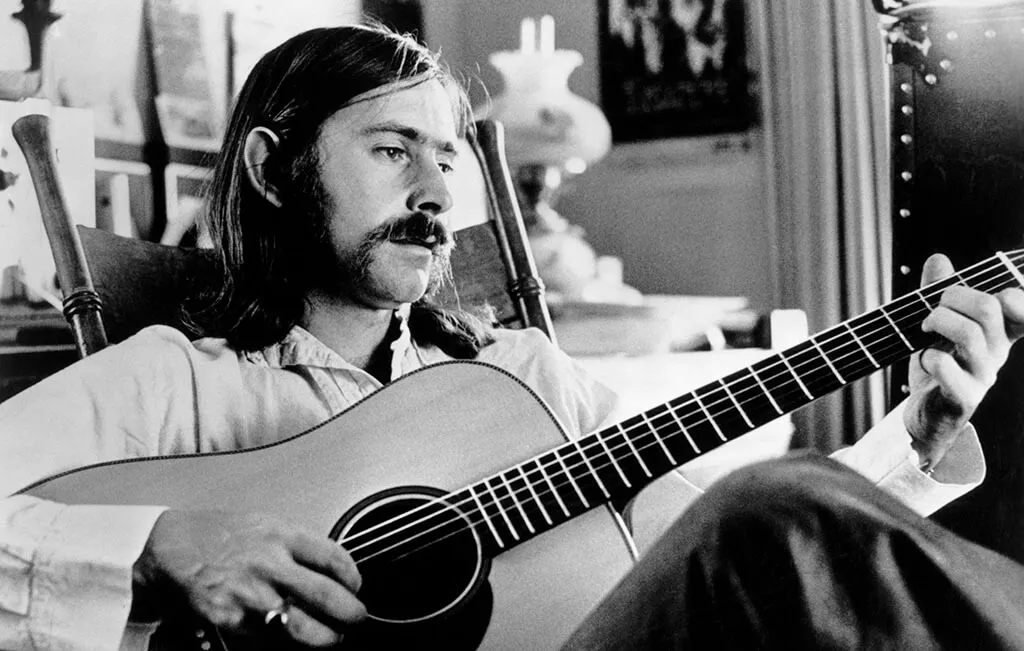
Norman Greenbaum wrote, recorded, and released his hit song "Spirit in the Sky" in late 1969. It quickly became a gold record, selling two million copies between 1969 and 1970. After its release, it reached the No. 3 spot on the Billboard Hot 100 in 1970, and stayed on the Top 100 for 13 weeks.
In other countries such as Australia, the United Kingdom, and Canada, the song managed to reach No.1. It was released on his 1960 album of the same name, with Rolling Stone ranking "Spirit in the Sky" No. 333 on the list of 500 Greatest Songs of All Time
"Denise" - Randy & The Rainbows
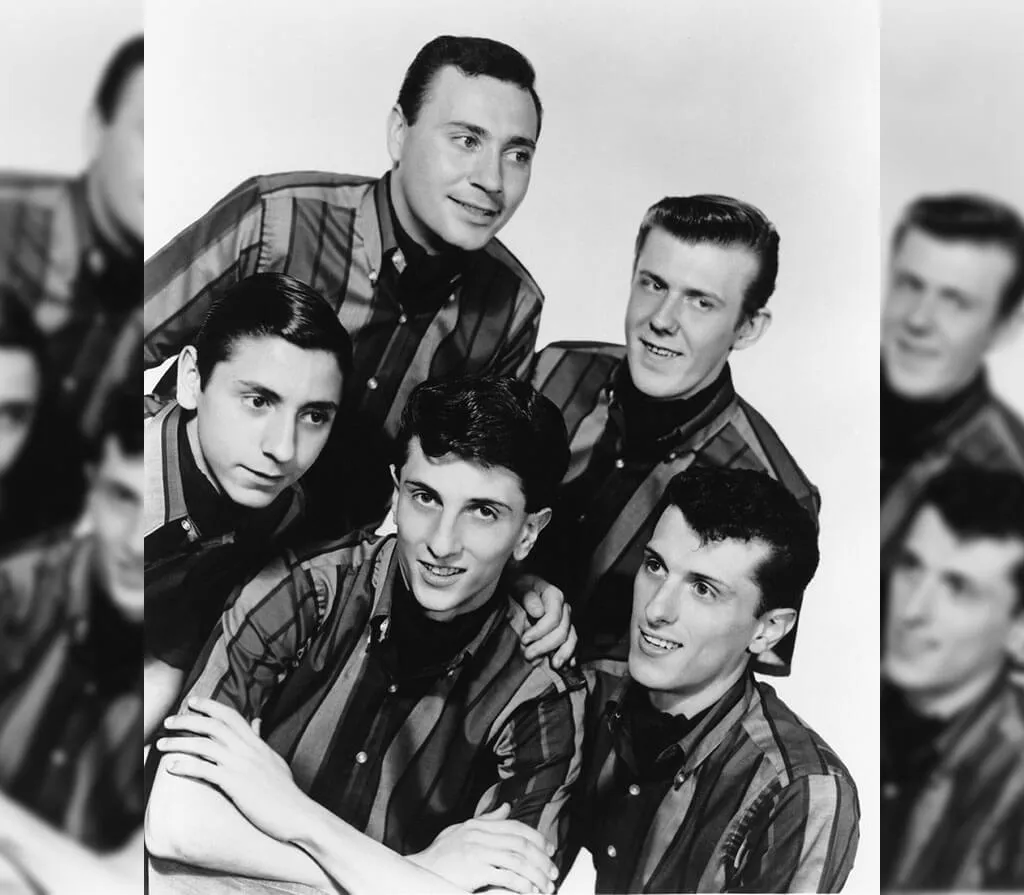
Although Randy & The Rainbows never quite made it to a top five spot on the Billboard charts, the group reached an impressive #10 spot with "Denise" in 1963. It held on there for 17 straight weeks.
The doo-wop band hailing from New York had another top-100 hit with "Why Do Kids Grow Up" but it only reached #97. "Denise" was later recorded by, and became a hit for, the pop/punk group Blondie, who released it under the name "Denis."
"Asia Minor" - Kokomo

"Asia Minor" is an instrumental recording that's a rock n' roll version of "Piano Concerto in A Minor" by Edvard Grieg (pictured). It was recorded by jazz musician Jimmy Wisner under the name Kokomo, and was released under his own label, Future Records.
Although the BBC banned the song because of its distortion, it rose to #35 on the UK Singles Chart and #8 on the Billboard Hot 100 in 1961. Jimmy Wisner had some top hits after "Asia Minor," but this was the only one released under the Kokomo name.
According To Legend, The Remains Of This Lost City Lay Deep Underwater









